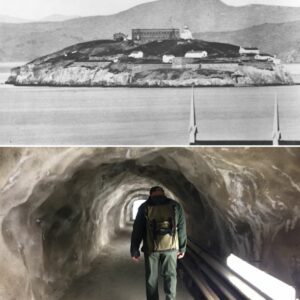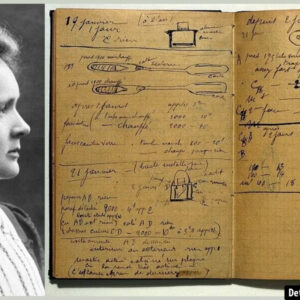The year 1991 marked one of the most significant events in modern history: the fall of the Soviet Union. This monumental moment not only ended the Cold War but also reshaped the political landscape across the globe. The disintegration of the Soviet Union, a state that had dominated much of Eastern Europe and Central Asia for over seven decades, was a triumph of freedom and democracy. However, it was also a testament to the failure of centralized power and the inability to suppress the deep-seated desires for autonomy and self-determination among its many diverse nations. Through rare photographs from that era, we can witness firsthand the courage, the struggles, and the eventual triumph that led to the dissolution of one of the largest empires in history.
The Roots of the Soviet Breakdown
The Soviet Union was built on a diverse tapestry of ethnic groups, cultures, and languages. The Russian Empire, which it succeeded, was always a multi-ethnic state, but after the Bolshevik Revolution of 1917, the Soviet leadership attempted to merge these various peoples into a centralized socialist structure. This was intended to erase national differences, yet it failed to account for the unique cultures and histories of the non-Russian ethnic groups that comprised more than half of the population.
As time went on, the tensions between the central Russian leadership and the periphery grew stronger. Soviet policies of Russification, which sought to impose Russian language and culture on non-Russian republics, were met with resistance. Additionally, the economic structure of the Soviet Union, based on centralized planning, began to show signs of strain. The arms race with the United States drained resources, and the economy stagnated. By the mid-1980s, the USSR was a state in crisis, and its leadership had to confront the realities of its failure.
Video
Watch the video 1989 – The Fall of the Soviet Union to explore this pivotal moment in history!
Gorbachev’s Reforms: Glasnost and Perestroika
In 1985, Mikhail Gorbachev assumed power as the General Secretary of the Communist Party of the Soviet Union. He inherited a nation on the brink of collapse, and it was clear that drastic measures were necessary. Gorbachev’s policies of glasnost (openness) and perestroika (restructuring) were intended to reform the political and economic systems of the USSR. Glasnost allowed for more open discussion of political issues and criticism of government policies, while perestroika aimed to introduce economic reforms to revive the Soviet economy.
However, these reforms had unintended consequences. Glasnost gave voice to the widespread dissatisfaction with Soviet rule, and perestroika, rather than solving the economic crisis, further exacerbated it. The public criticism that was allowed under glasnost soon spread to calls for greater autonomy in the republics, and the government found itself powerless to contain the growing demands for change.
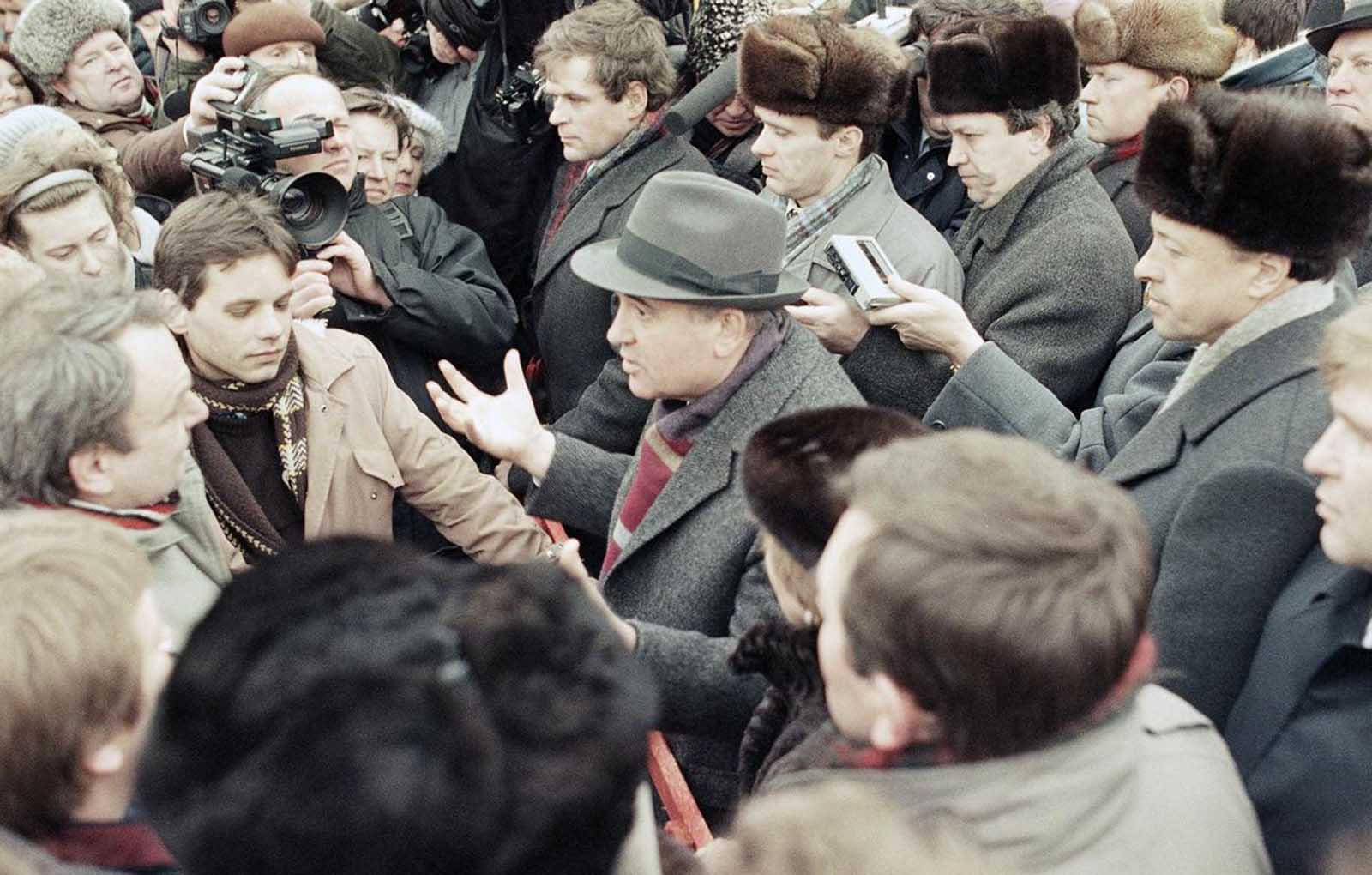
The Baltic Revolutions: Lithuania, Latvia, and Estonia
The Baltic states were the first to openly challenge Soviet control. Lithuania, Latvia, and Estonia had long histories of independence, and the Soviet Union’s brutal annexation of these nations during World War II had left a deep sense of resentment. By the late 1980s, nationalist movements were gaining momentum in these republics.
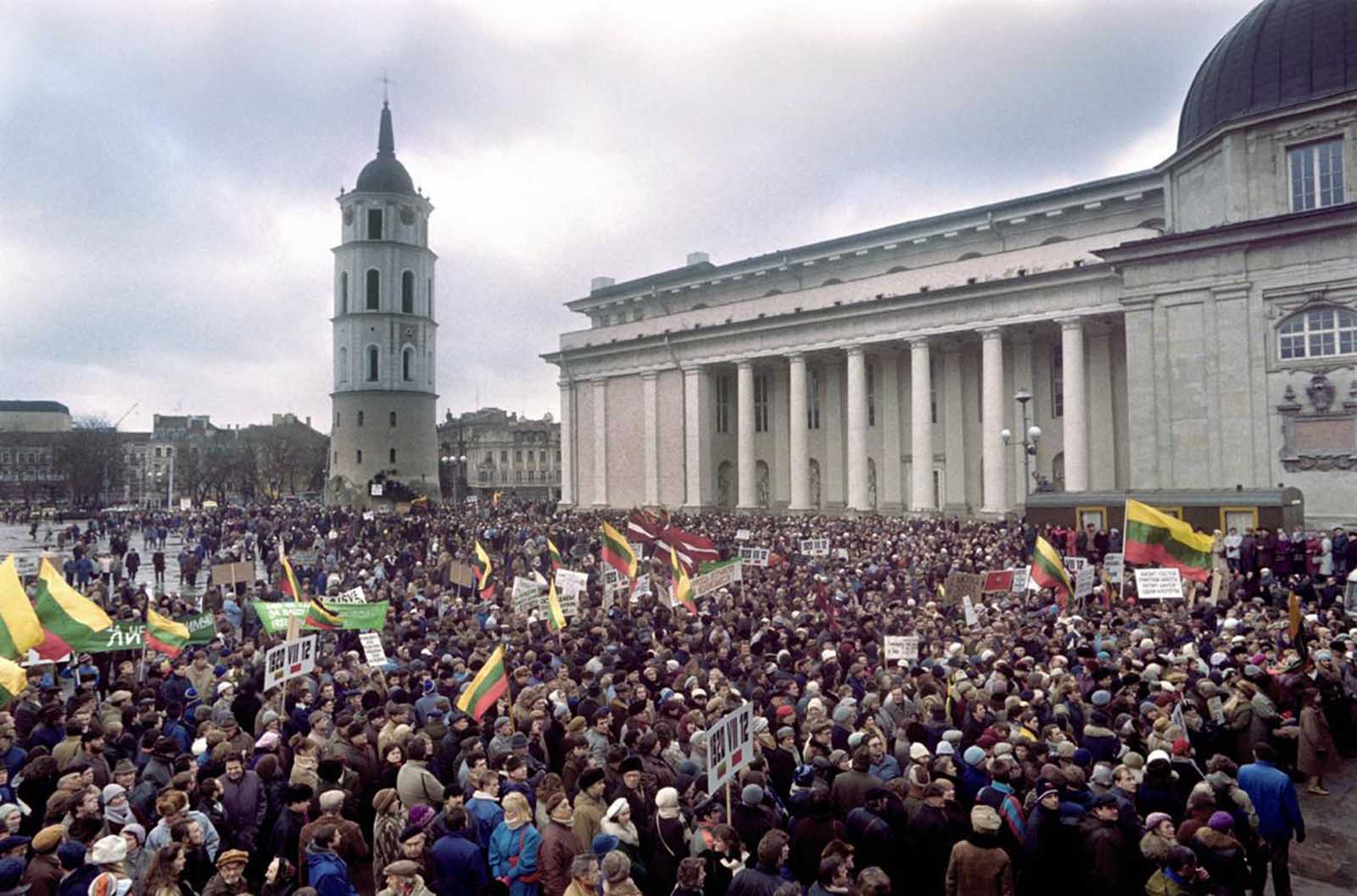
In 1990, Lithuania became the first Soviet republic to declare its independence. Despite an economic blockade and the threat of military intervention, Lithuania’s drive for freedom became an inspiration for the other republics. Latvia and Estonia followed suit, and their actions were supported by widespread protests and demonstrations. The Baltic nations became the epicenter of the struggle for independence, and their resistance forced the Soviet government to acknowledge the growing desire for self-determination.
Mass Protests and Resistance to Soviet Authority

The desire for independence in the Baltic states soon spread to other republics, and mass protests erupted throughout the Soviet Union. In places like Georgia, Moldova, and Ukraine, people took to the streets demanding greater political freedoms and autonomy. The government, unable to suppress these movements, began to lose control.
The situation was particularly dire in Azerbaijan, where ethnic violence erupted in the Nagorno-Karabakh region. The Soviet government’s inability to handle the situation further weakened its authority, and nationalist movements within the Soviet Union gained traction.
The August 1991 Coup: The Last Attempt to Save the Soviet Union
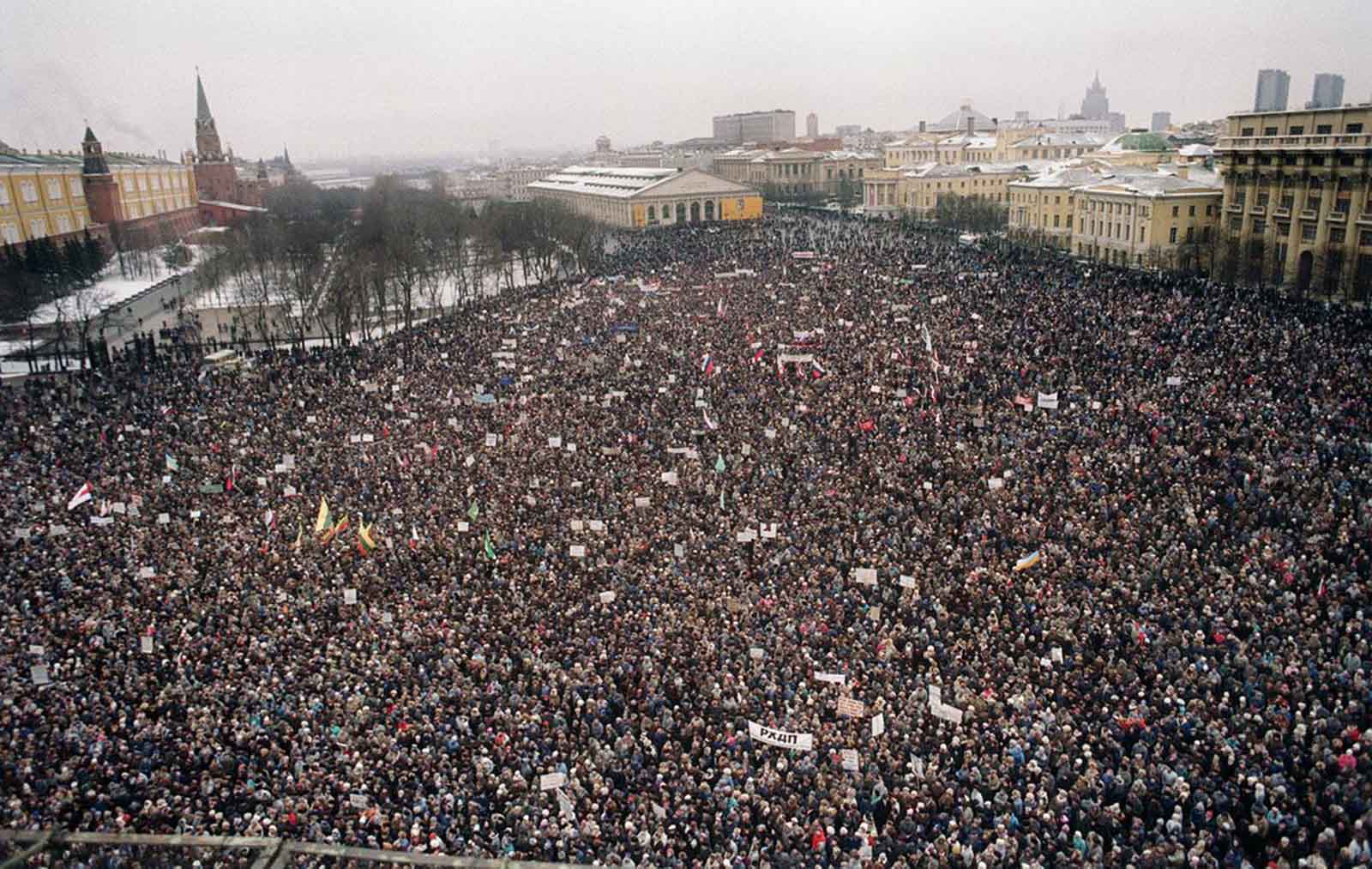
In August 1991, a group of hard-line Communists, unable to accept the dissolution of the Soviet Union, attempted to stage a coup. The plotters sought to oust Gorbachev and reinstate a more authoritarian government that would preserve the Soviet Union. However, the coup quickly faltered. The Soviet people, already emboldened by years of activism, took to the streets in mass protests. The military, instead of suppressing the demonstrators, sided with the people, and the coup was effectively over within days.
The failure of the coup was a death knell for the Soviet Union. The government realized that it no longer had the support of the population, and Gorbachev, in a last-ditch effort to preserve what remained of the USSR, resigned on December 25, 1991. Just a few days later, the Soviet Union was officially dissolved, and the republics that had once been part of this vast empire became independent nations.
The Final Days of the Soviet Union
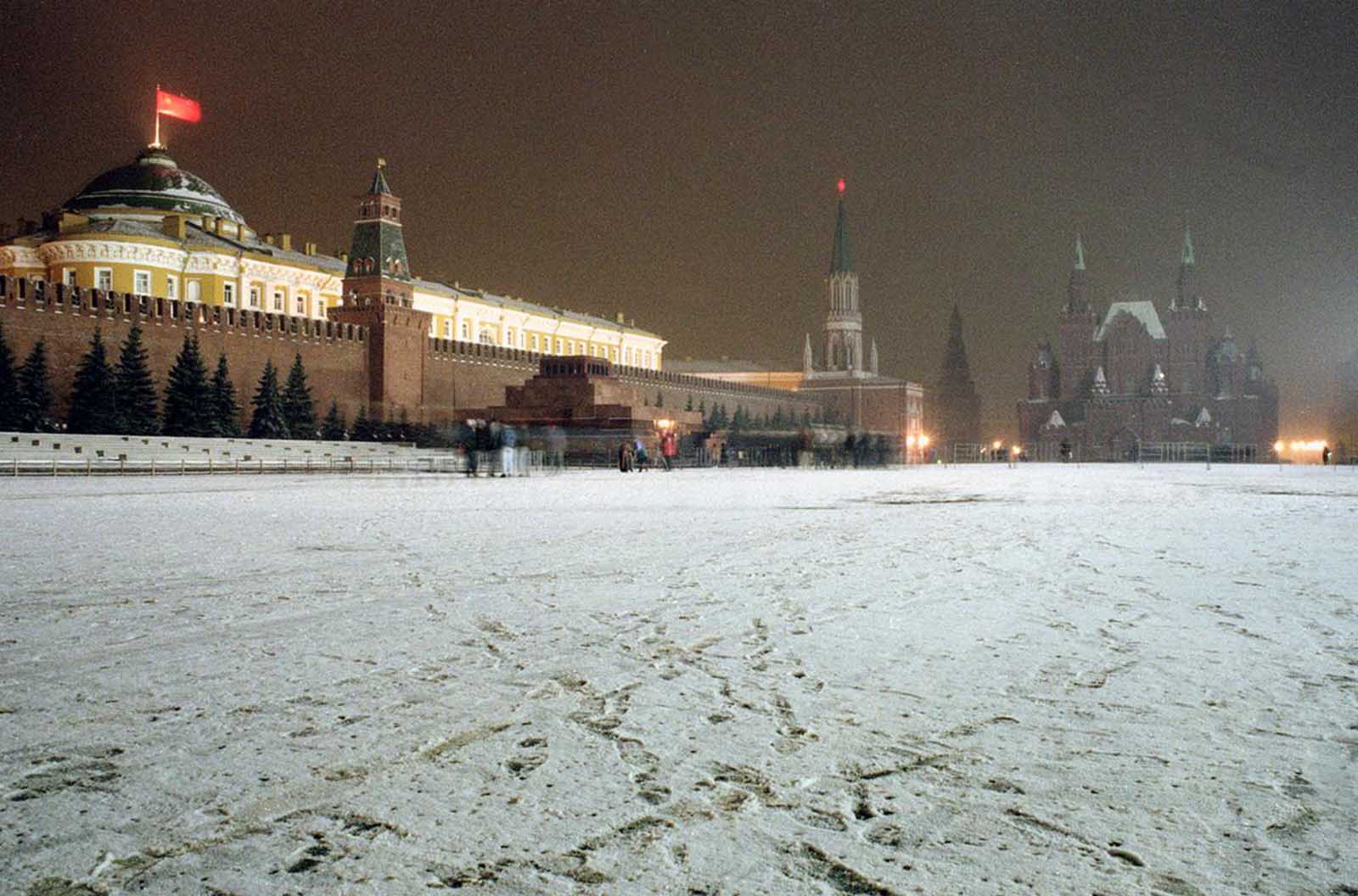
In the final months of the Soviet Union, the world watched as the political structures that had once held the empire together crumbled. Rare photographs from this time capture the intensity of the moment—massive protests, military standoffs, and the final collapse of the system that had shaped the lives of millions for decades.
In Moscow, tanks rolled through the streets as Soviet authorities attempted to maintain control, but the tide had turned. The people had spoken, and the Soviet government could no longer hold power. The once-mighty hammer and sickle that had symbolized the Soviet Union lay shattered, both physically and symbolically.
Gallery: Rare Photographs from the Fall of the Soviet Union
The images of the final days of the Soviet Union provide a stark visual representation of the collapse. These photographs capture the scenes of protests in Moscow, the barricades in the Baltic republics, and the somber faces of people who witnessed the end of an era. From the joy of newfound independence to the pain of lost identity, the photographs tell the story of a people who fought for their freedom.
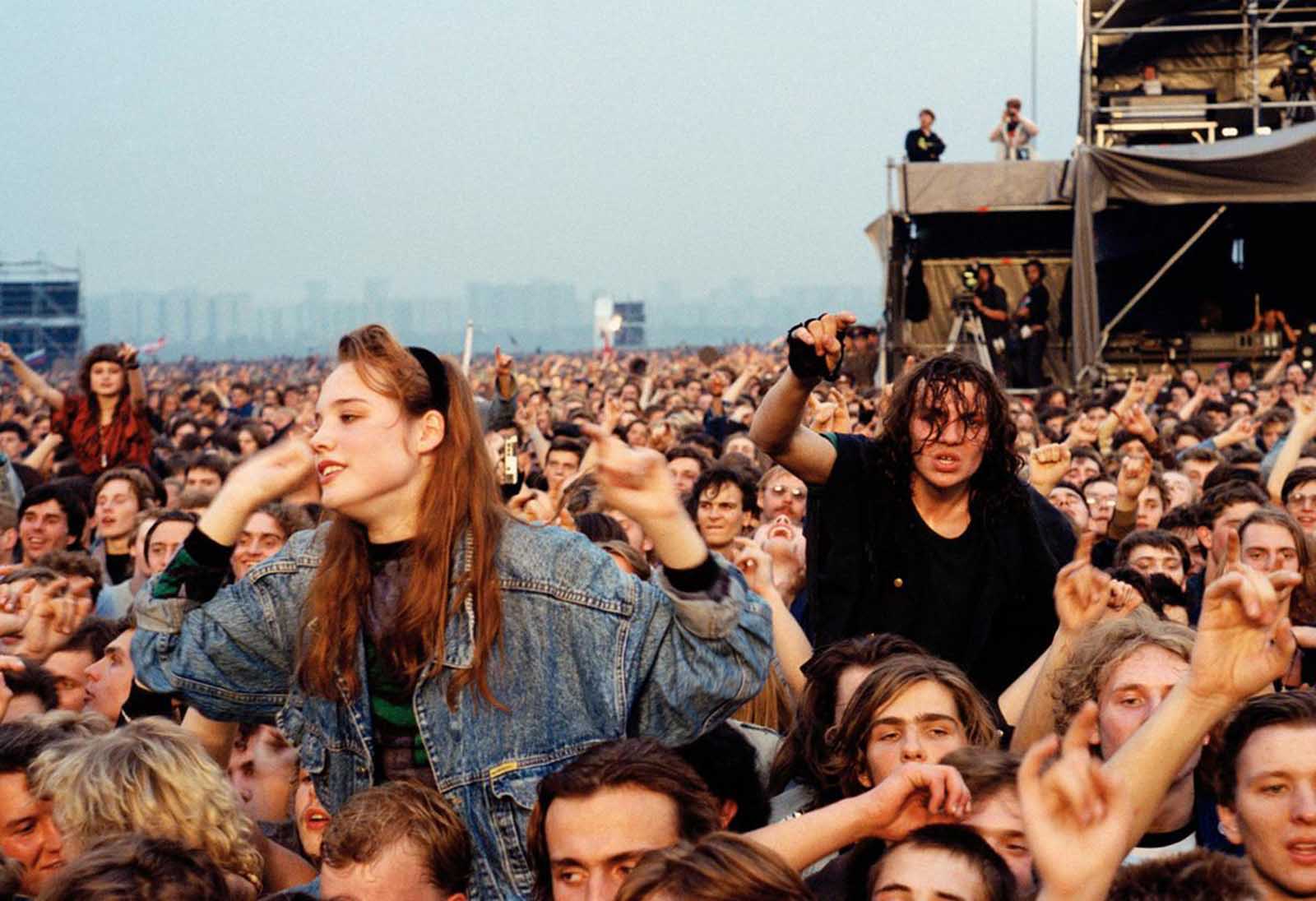



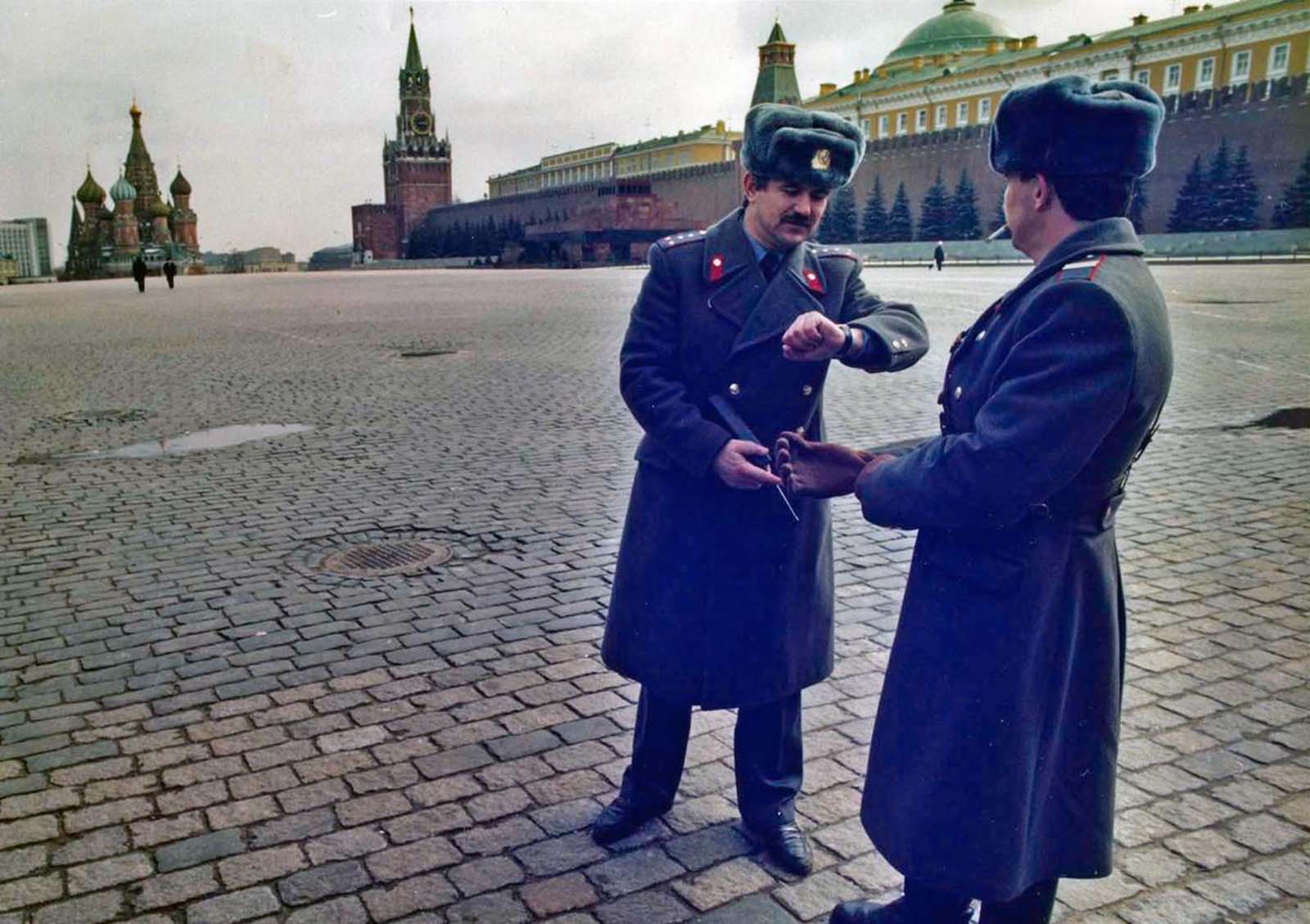
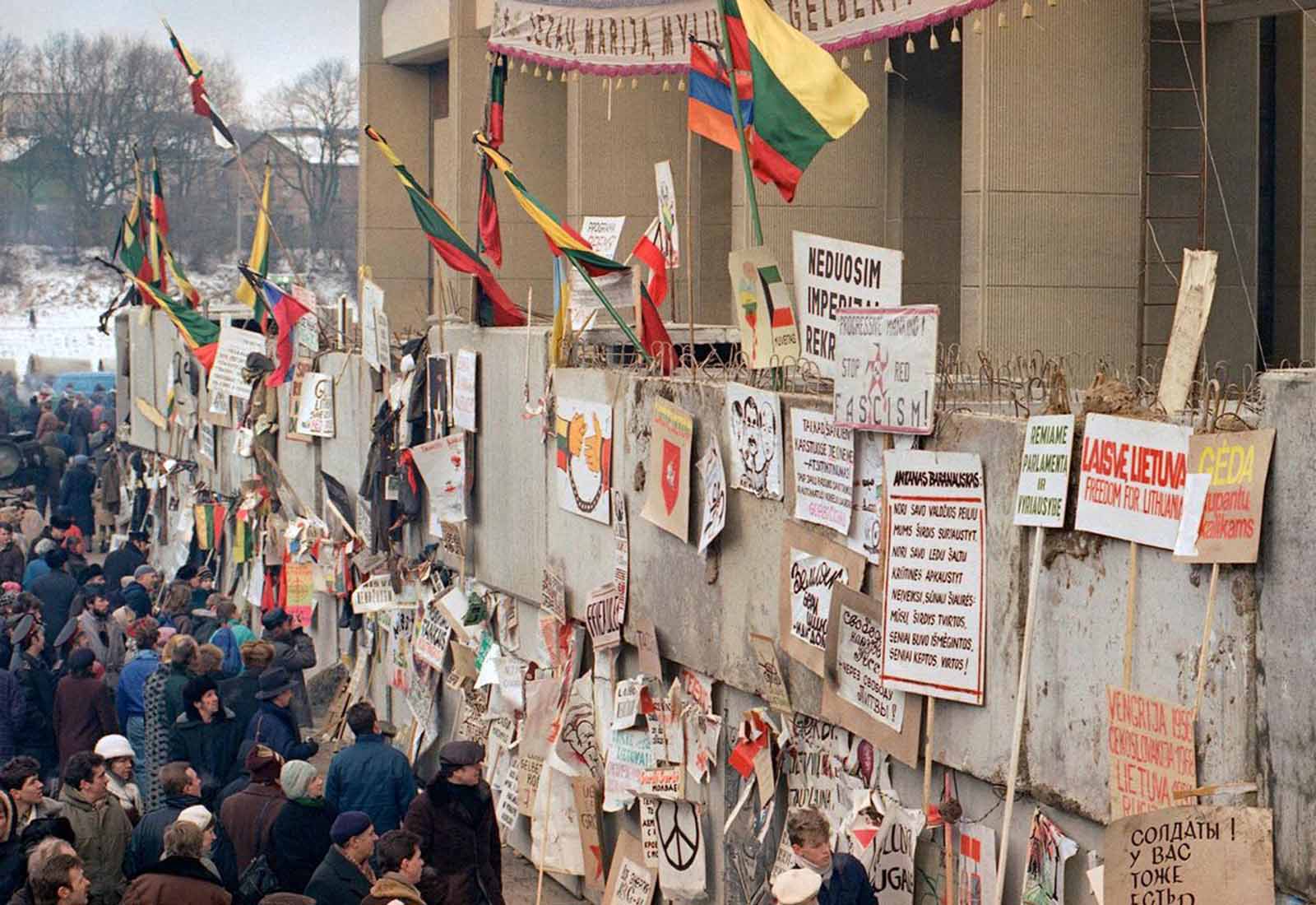
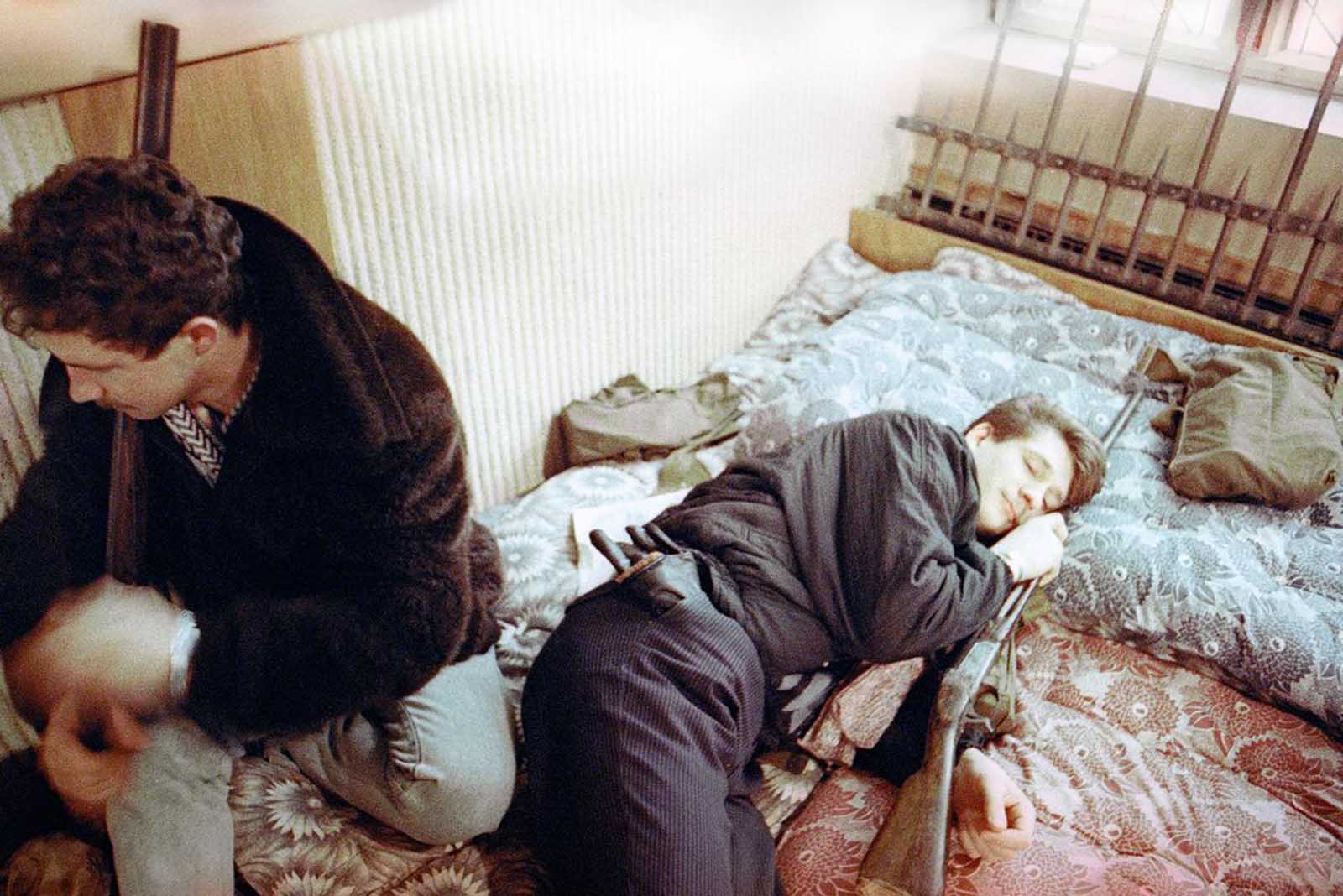
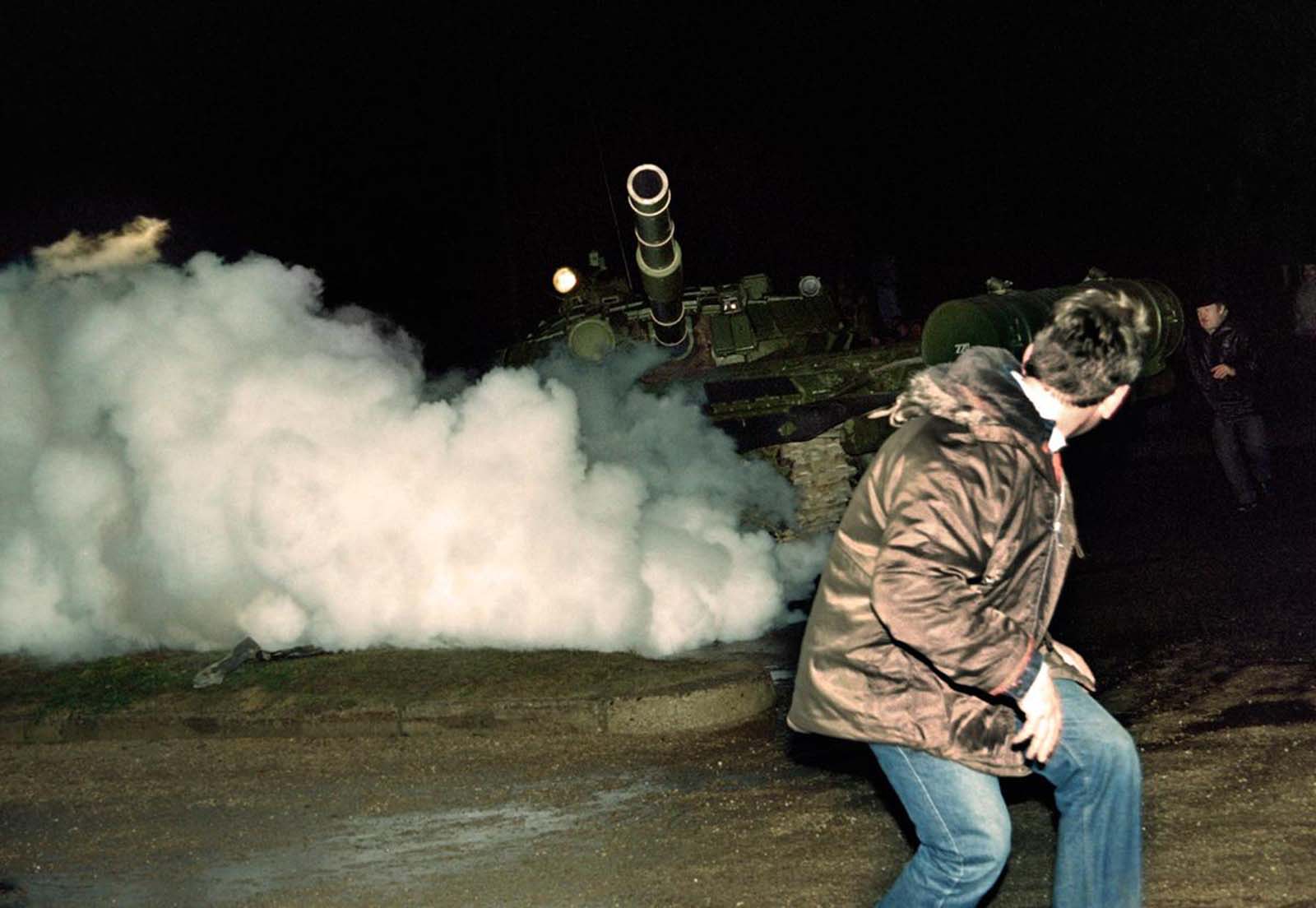
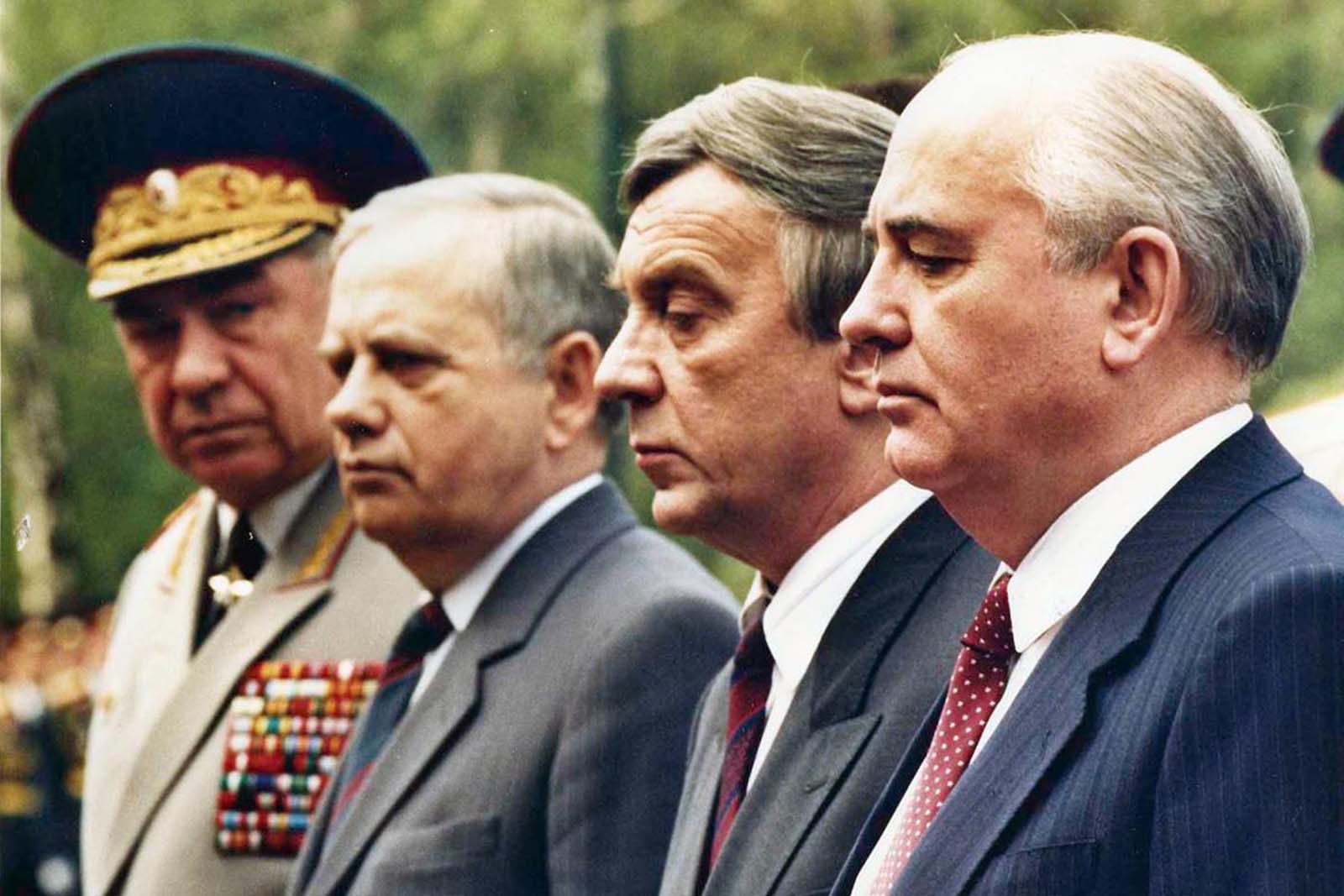
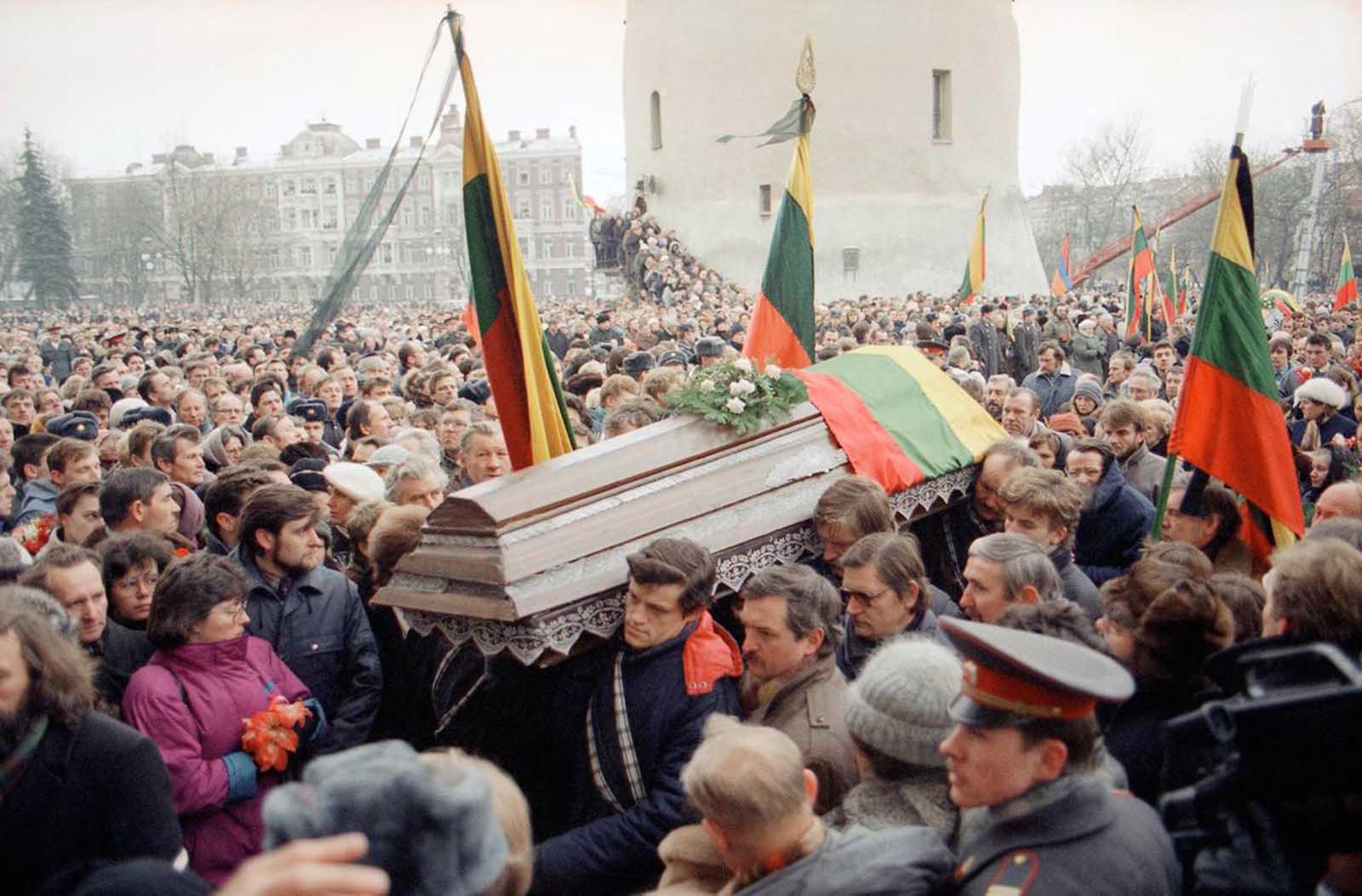
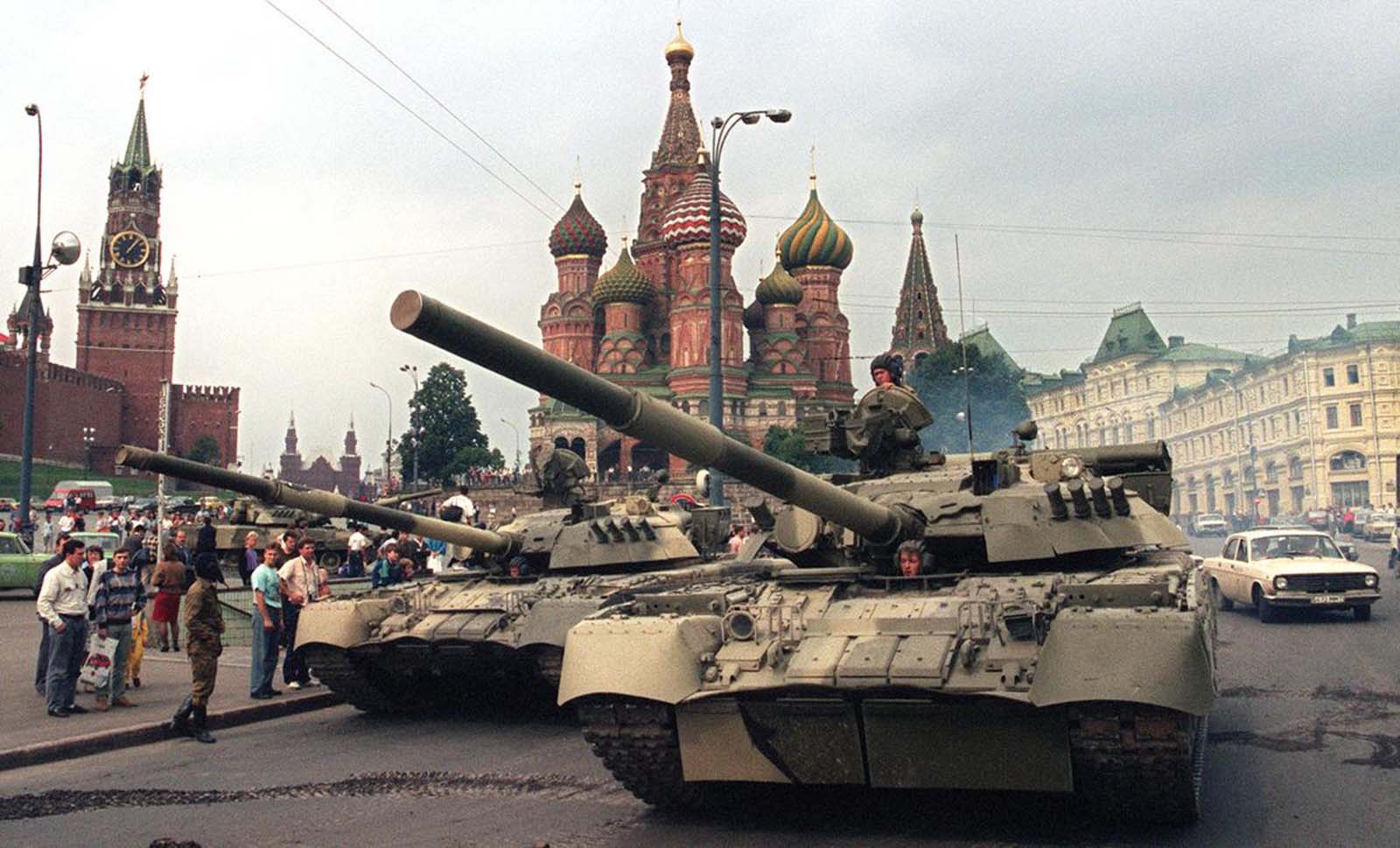

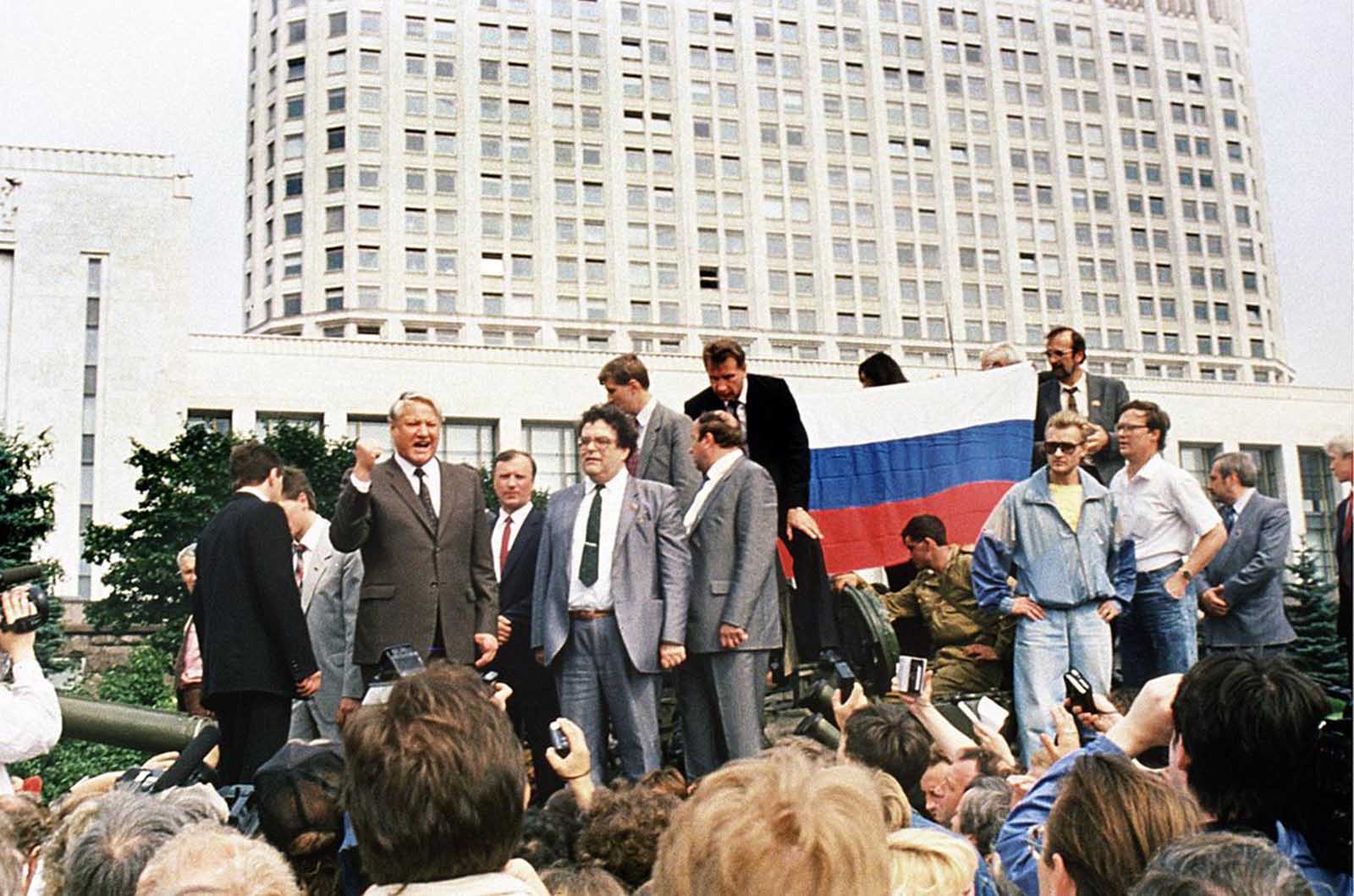
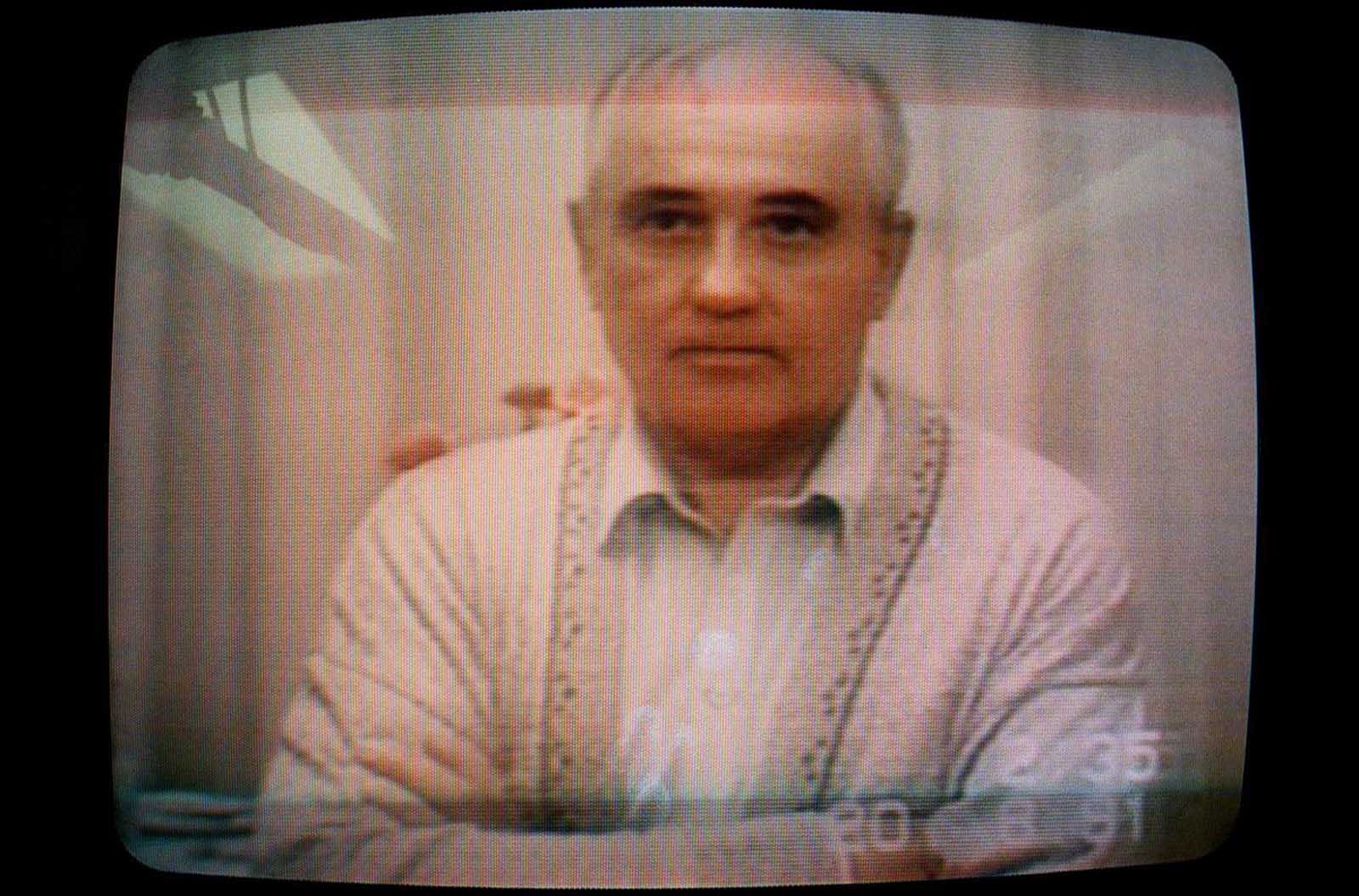

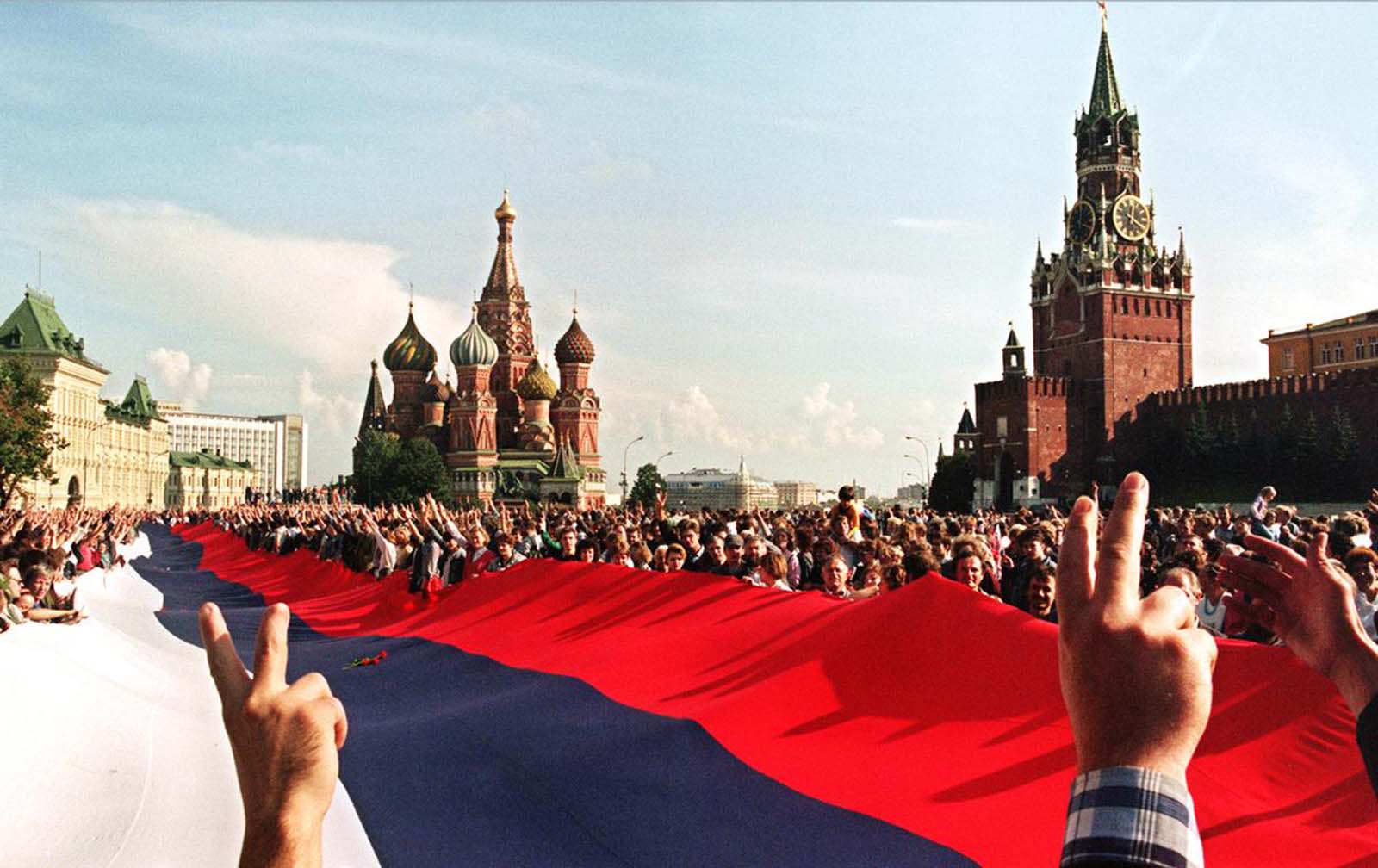
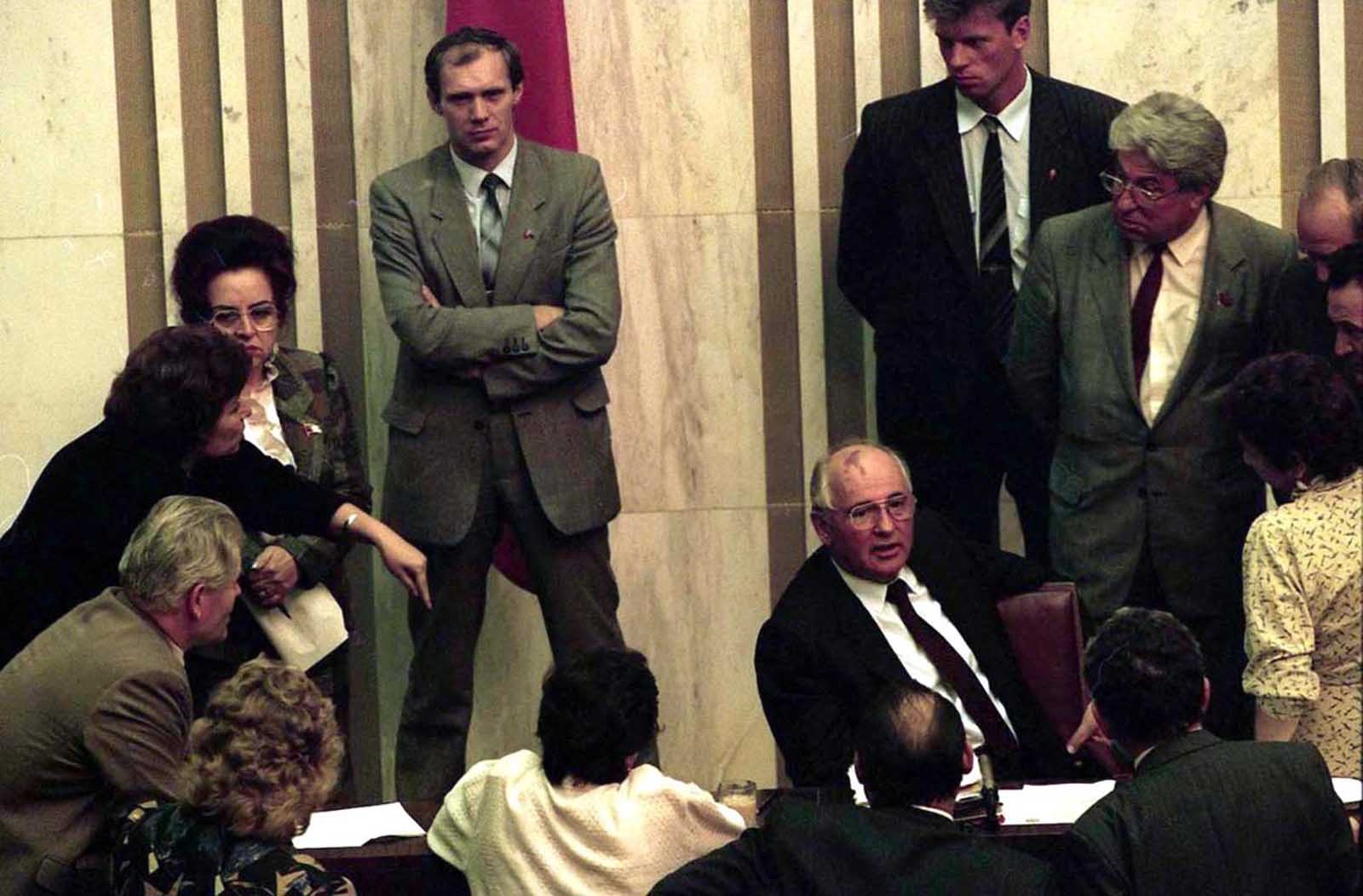
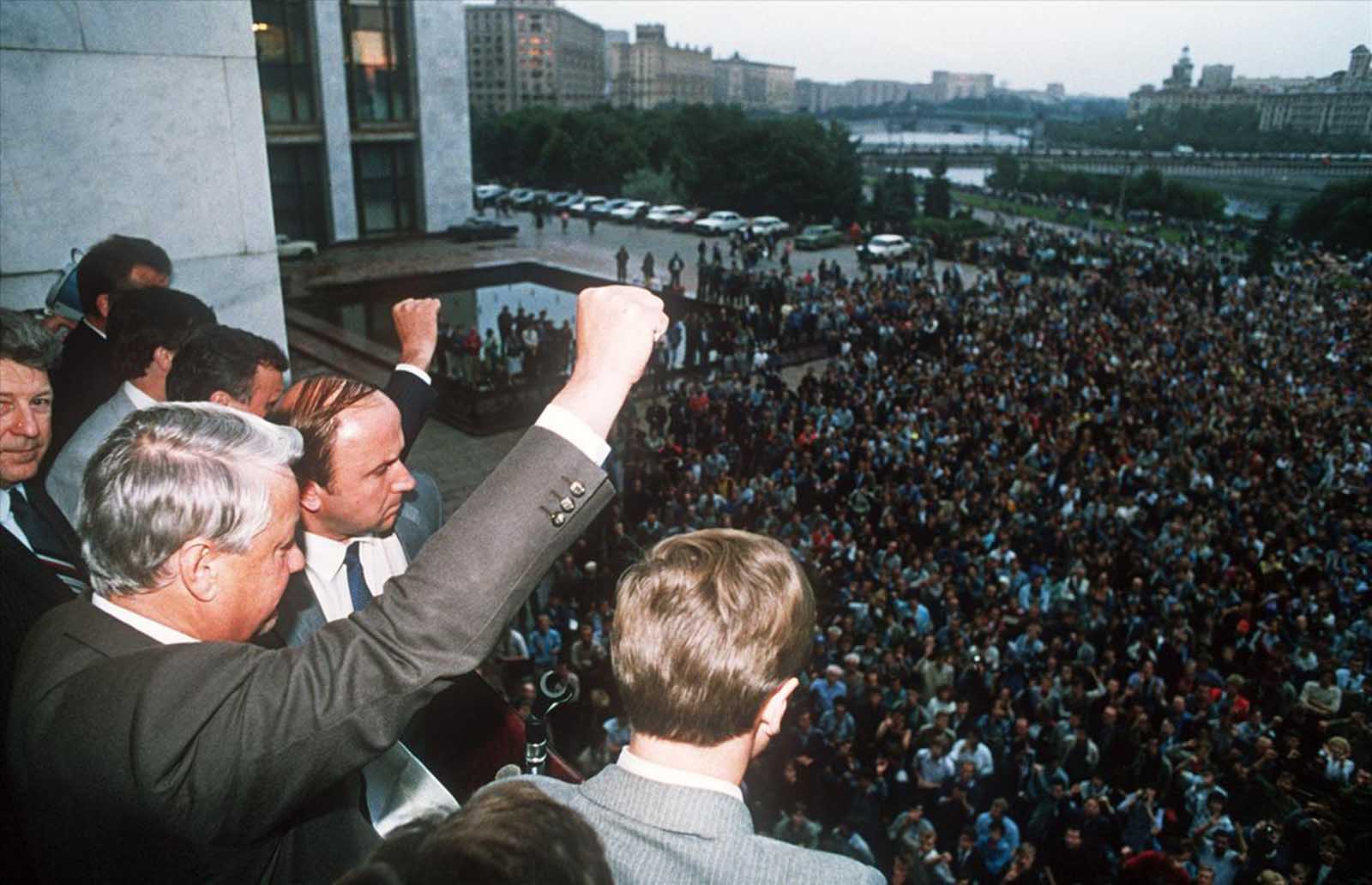
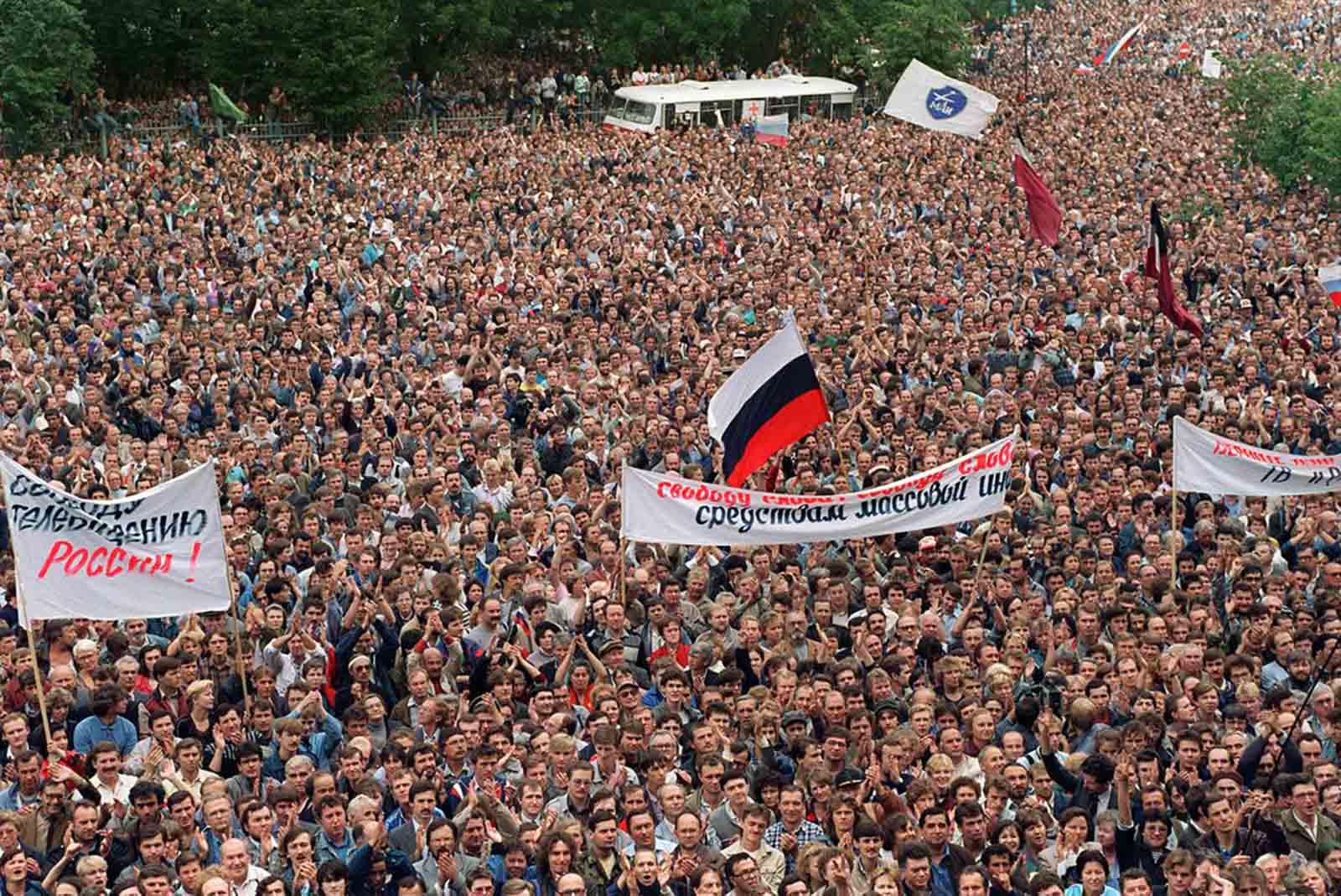
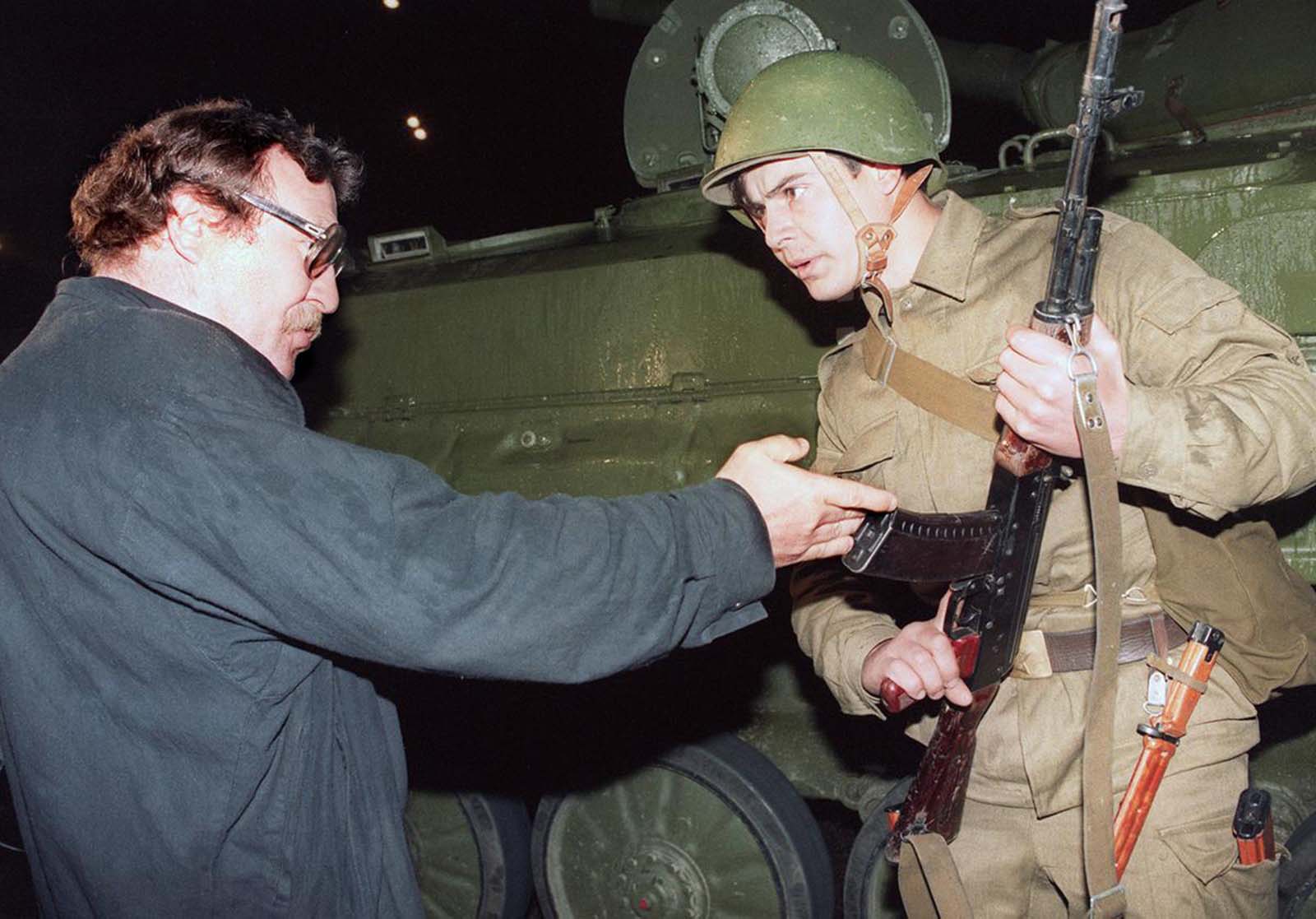
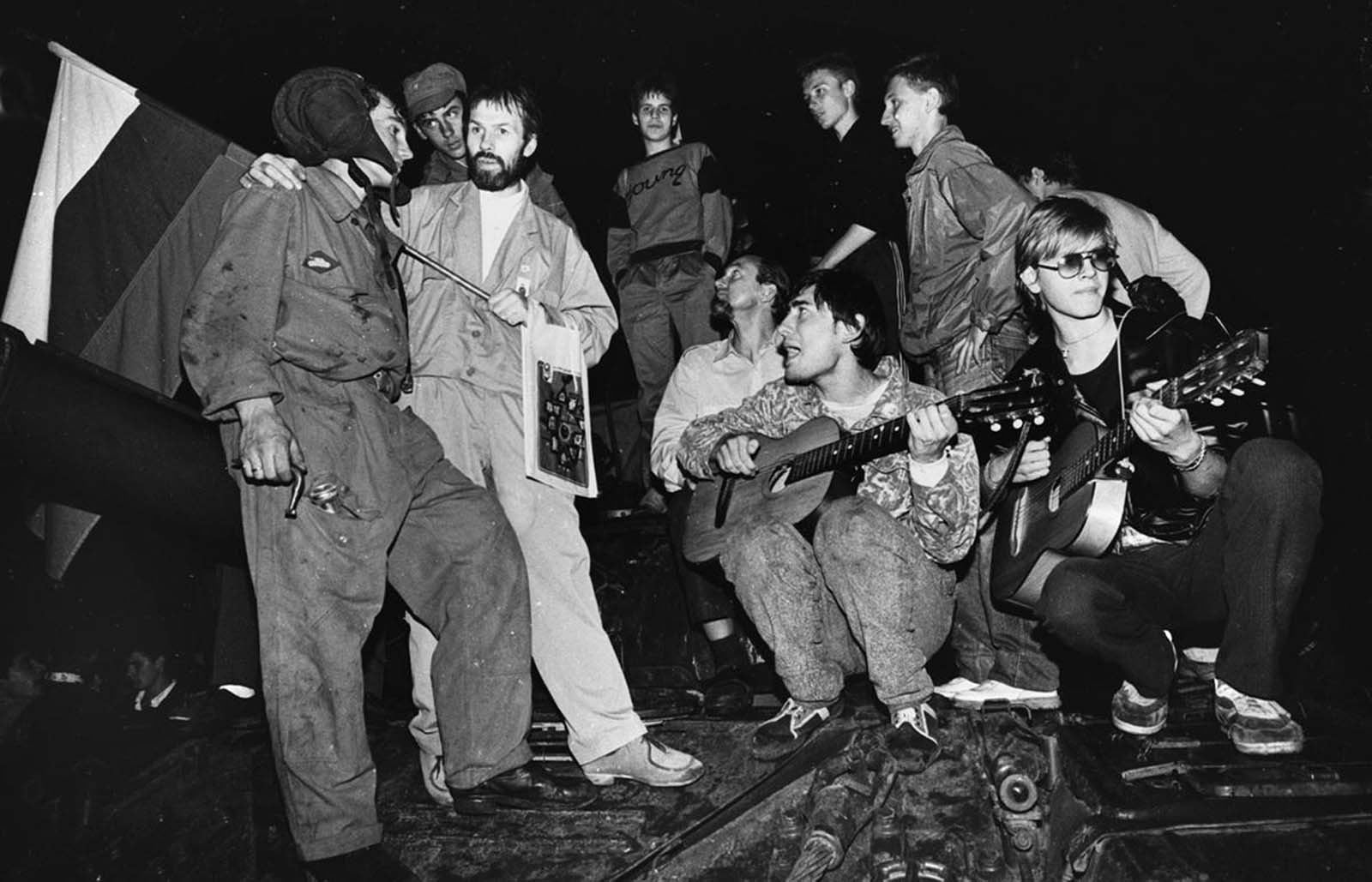
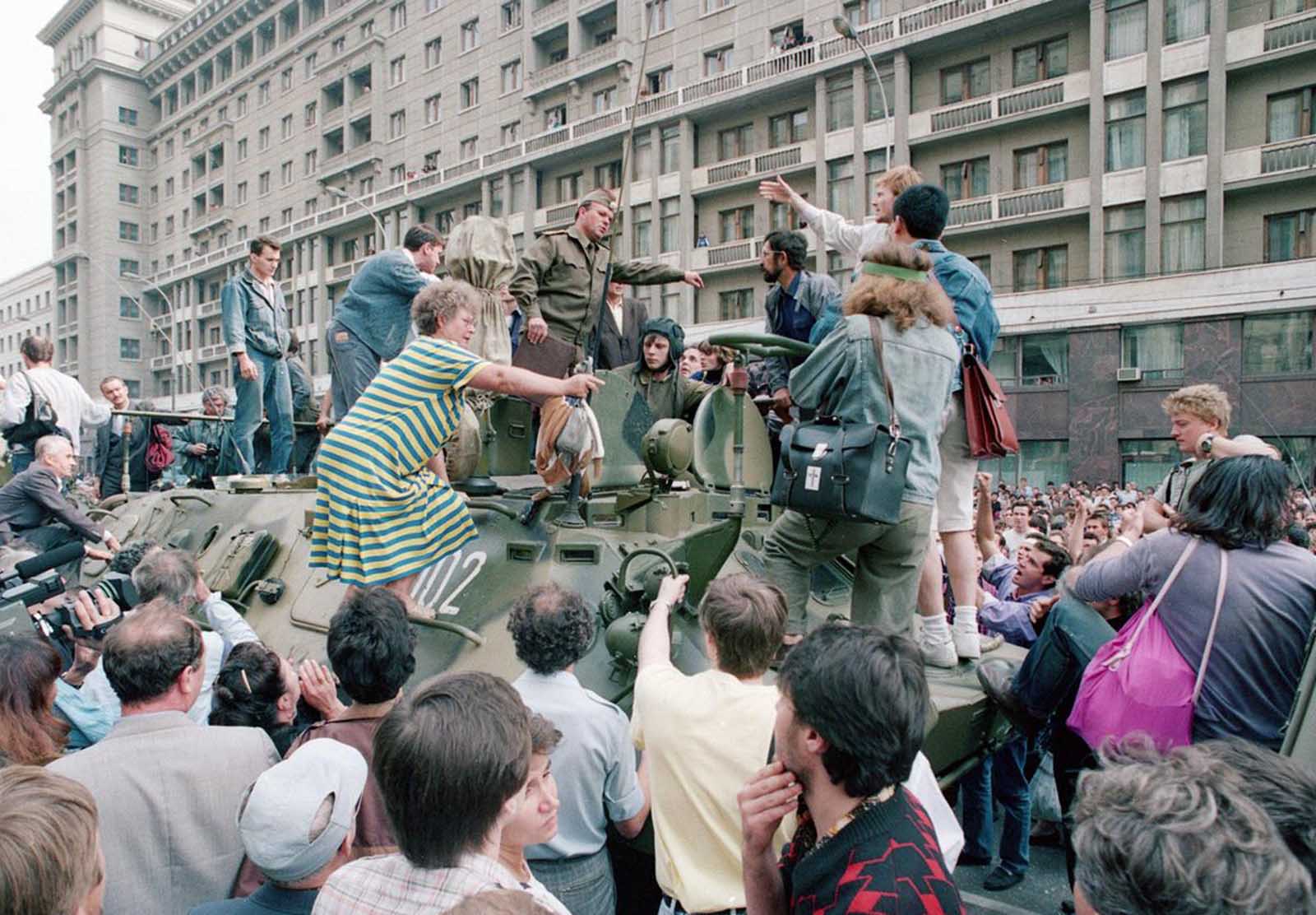
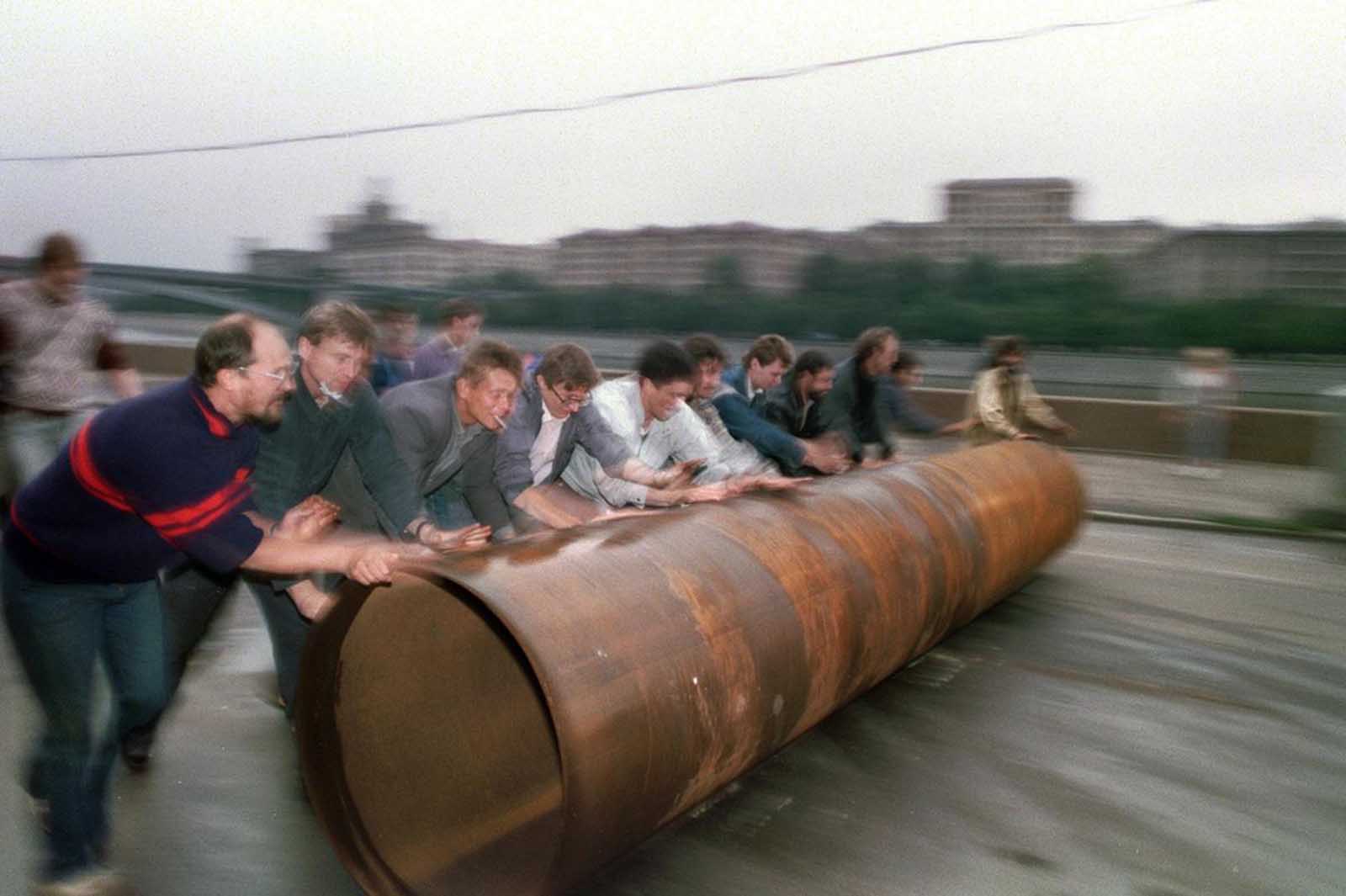
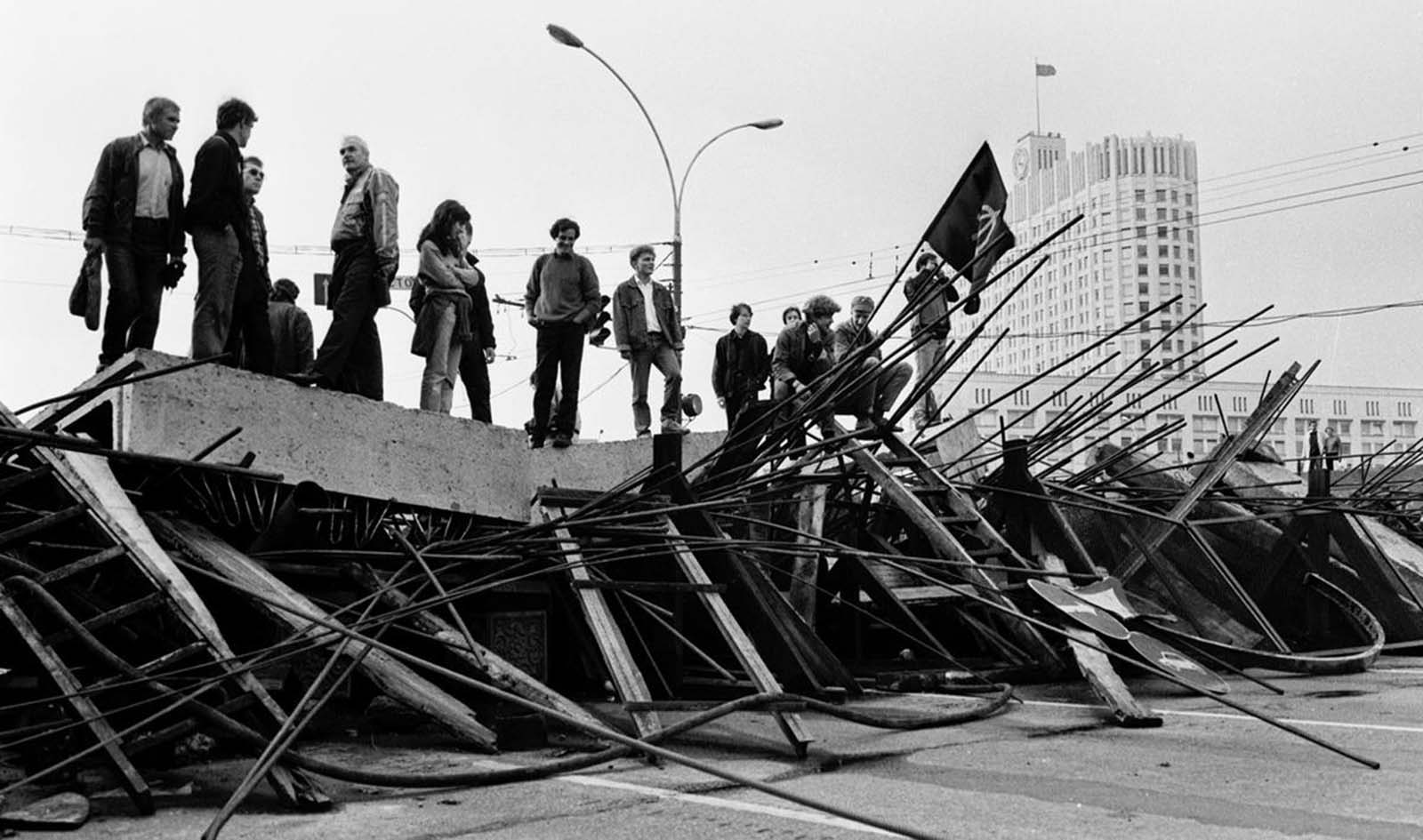
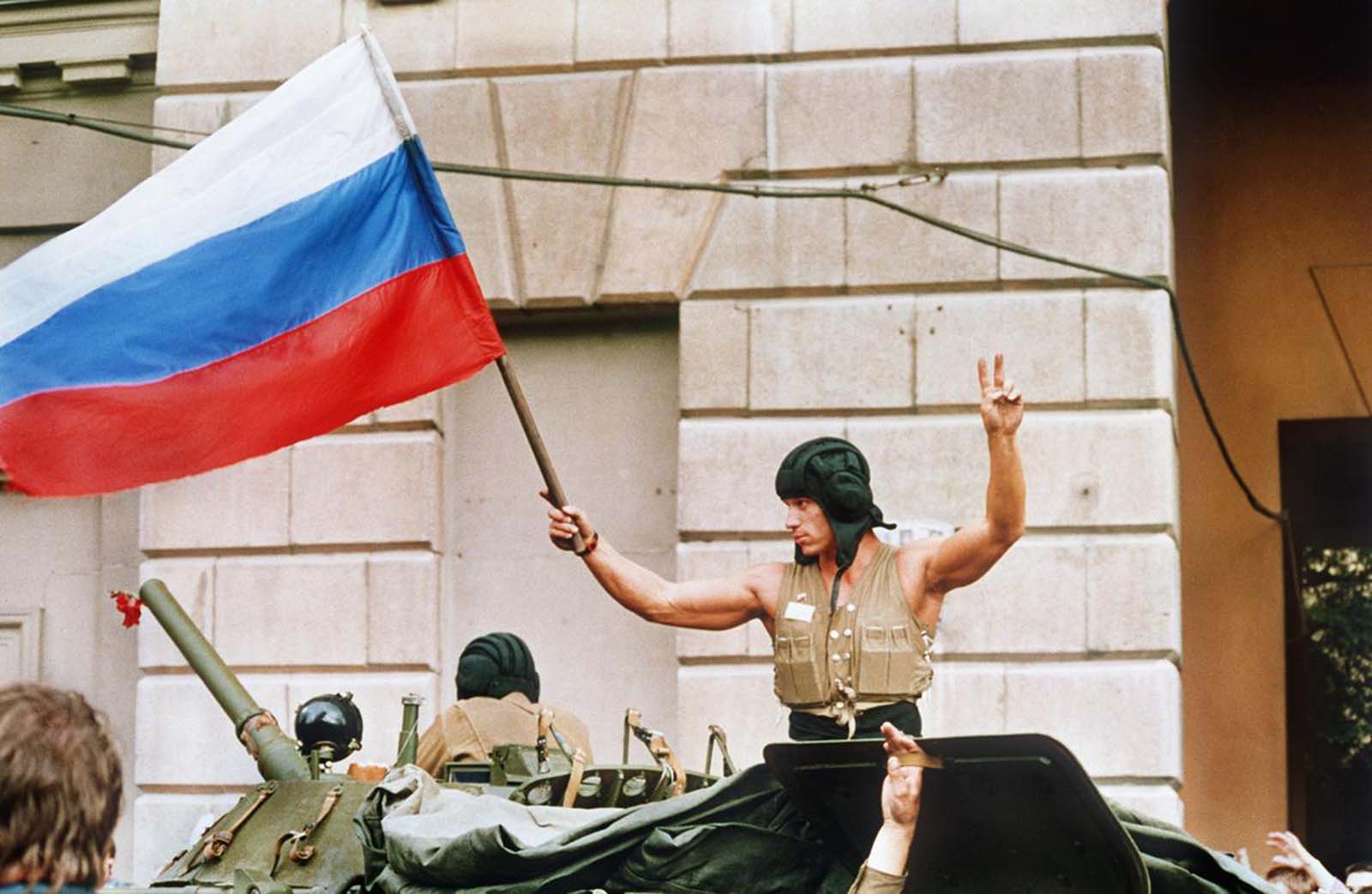
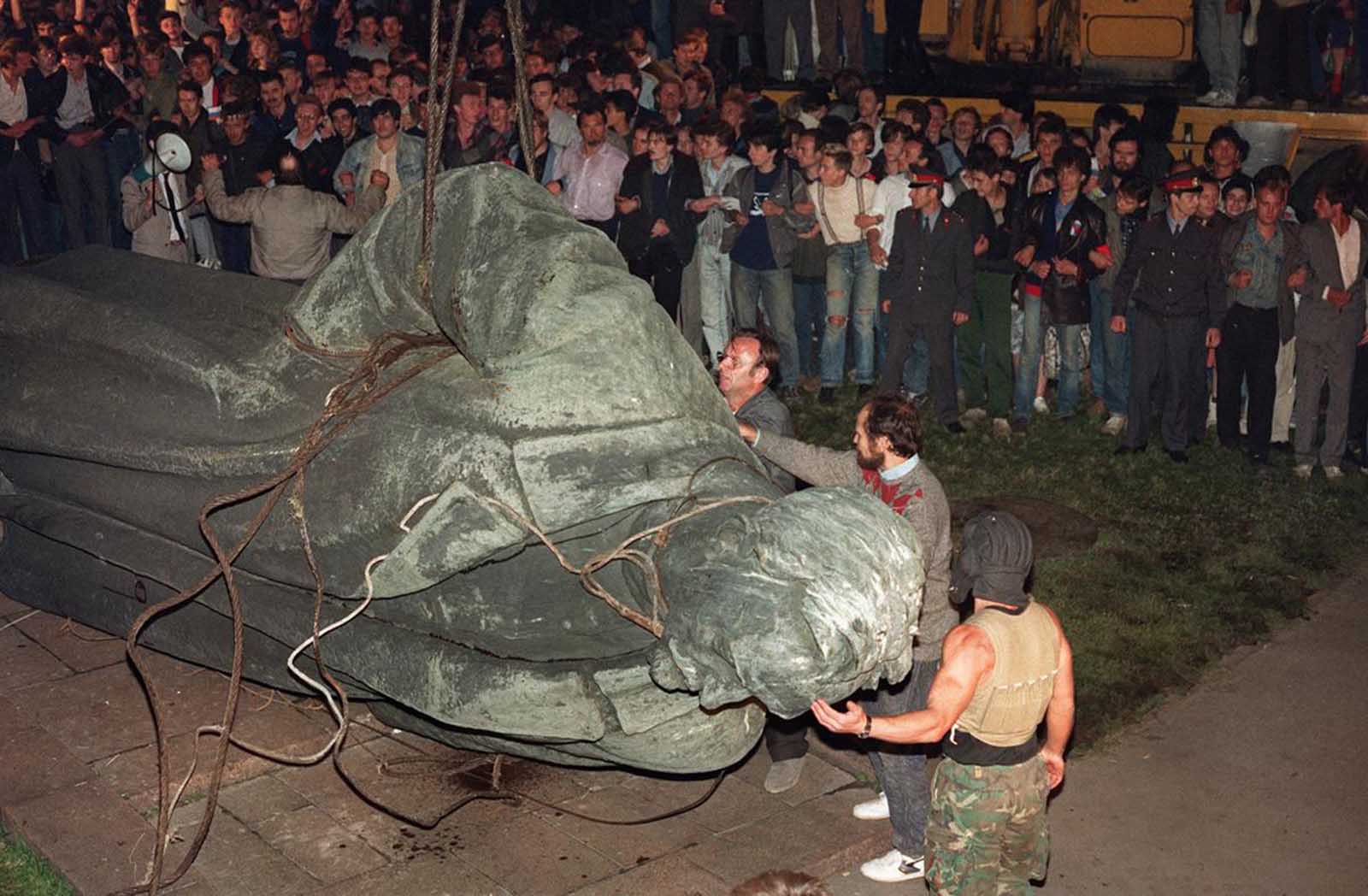
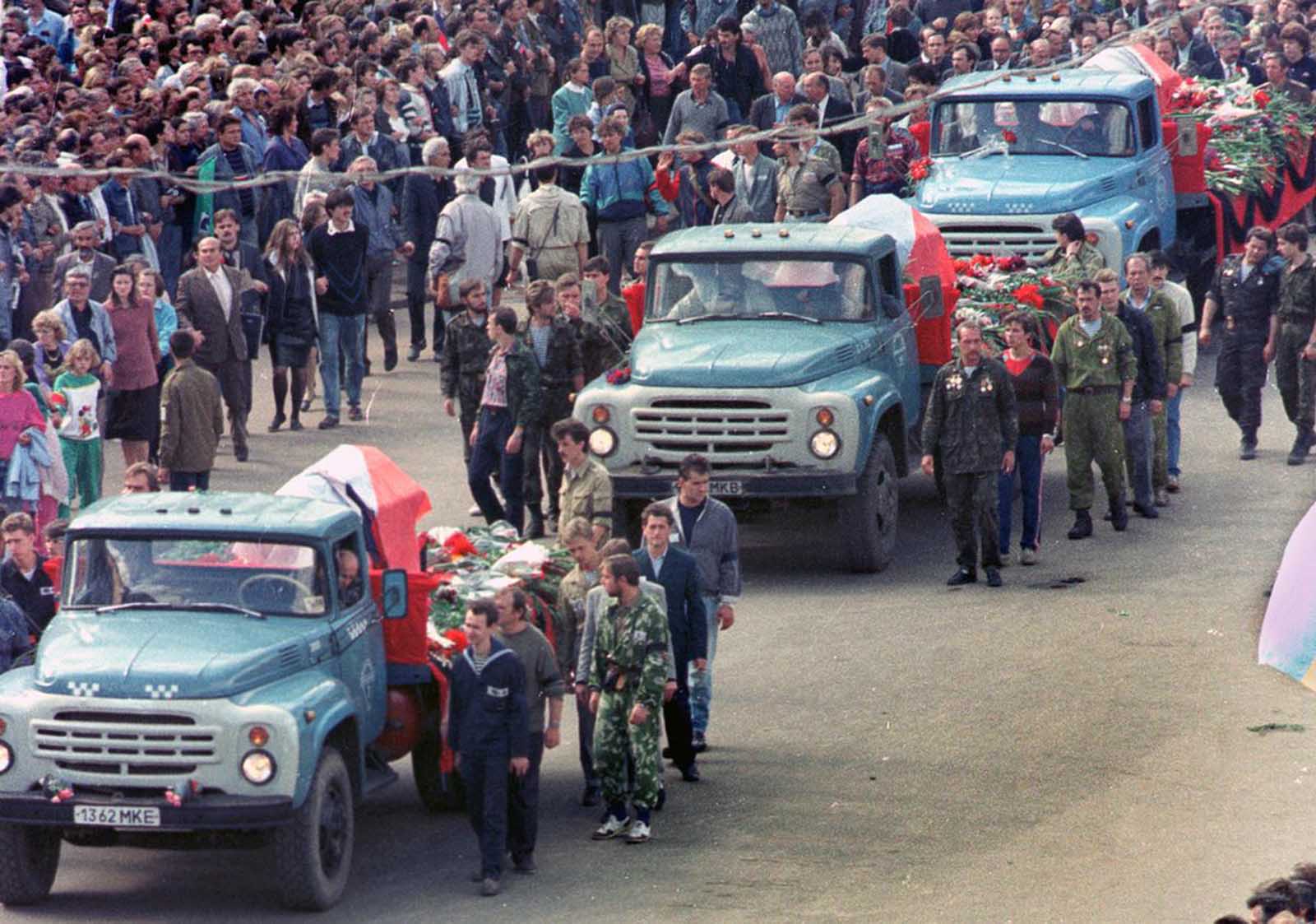
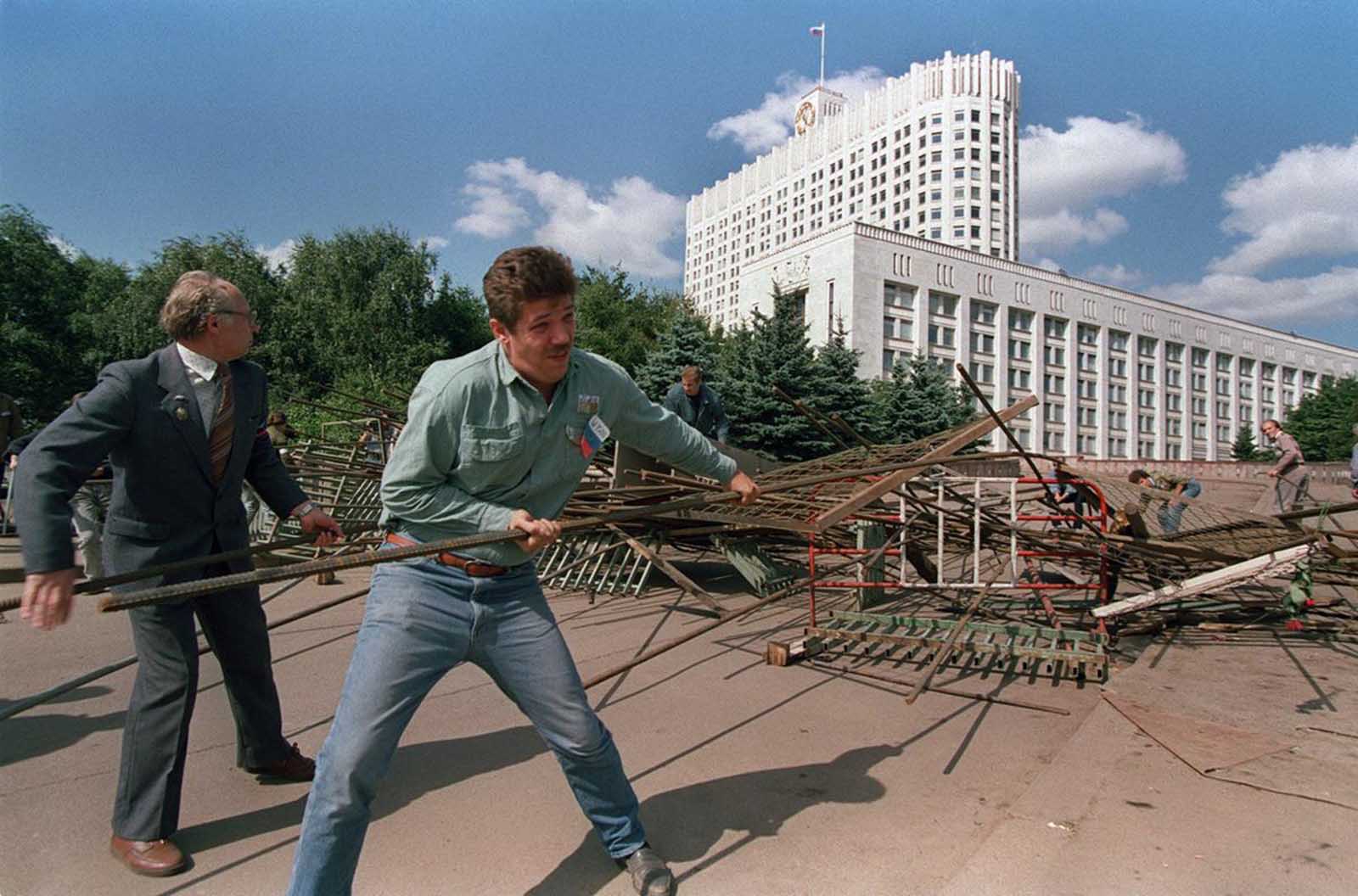
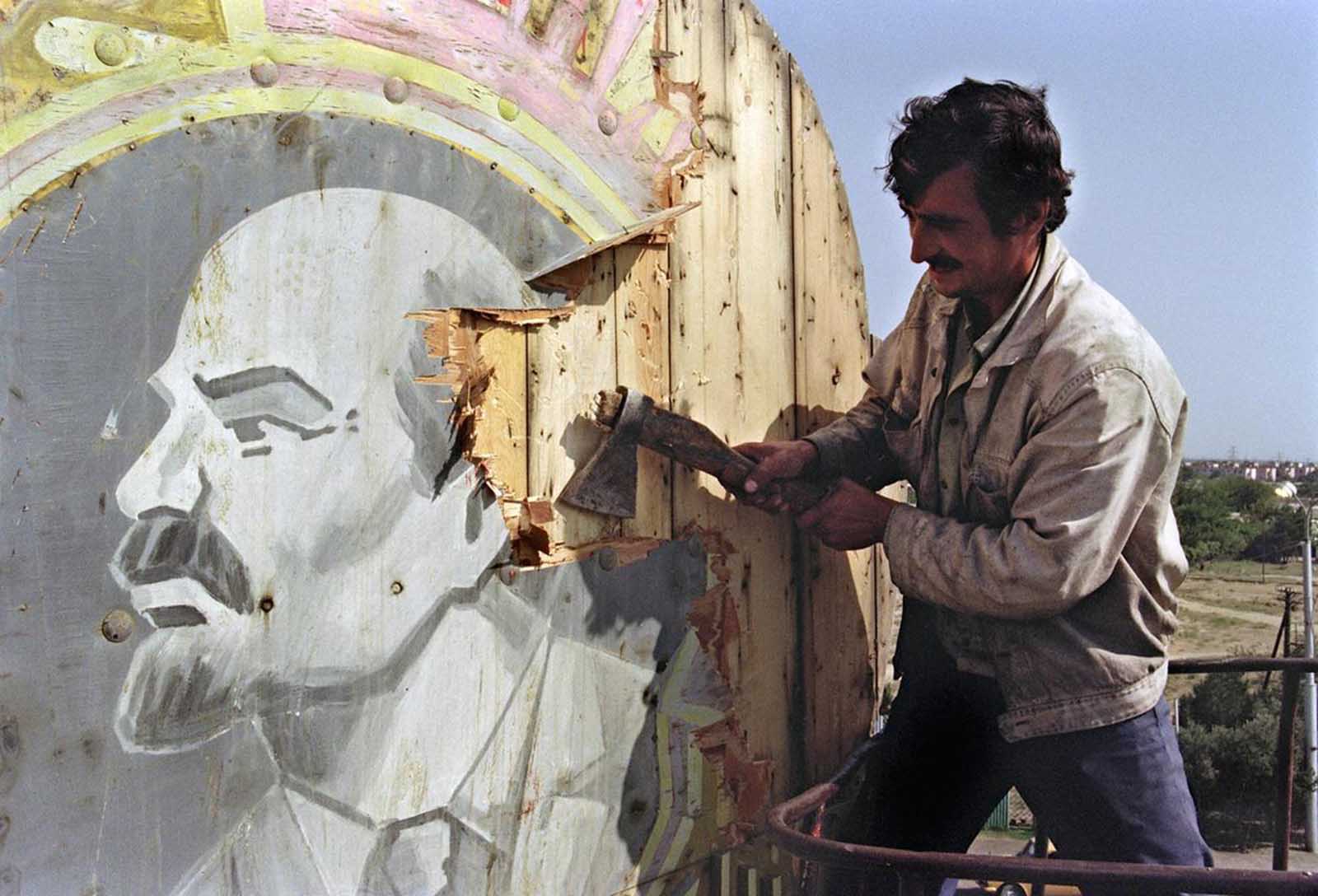
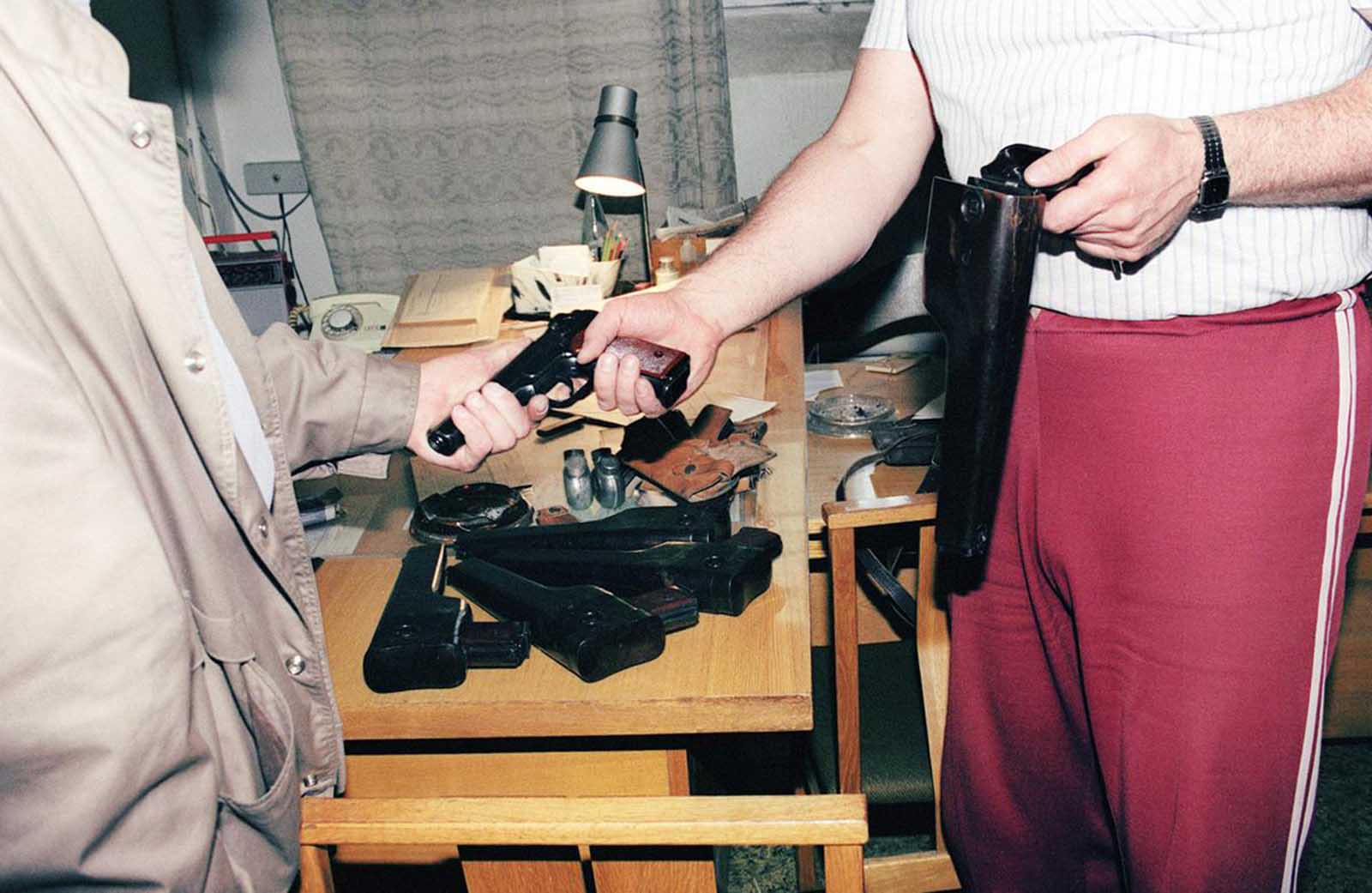
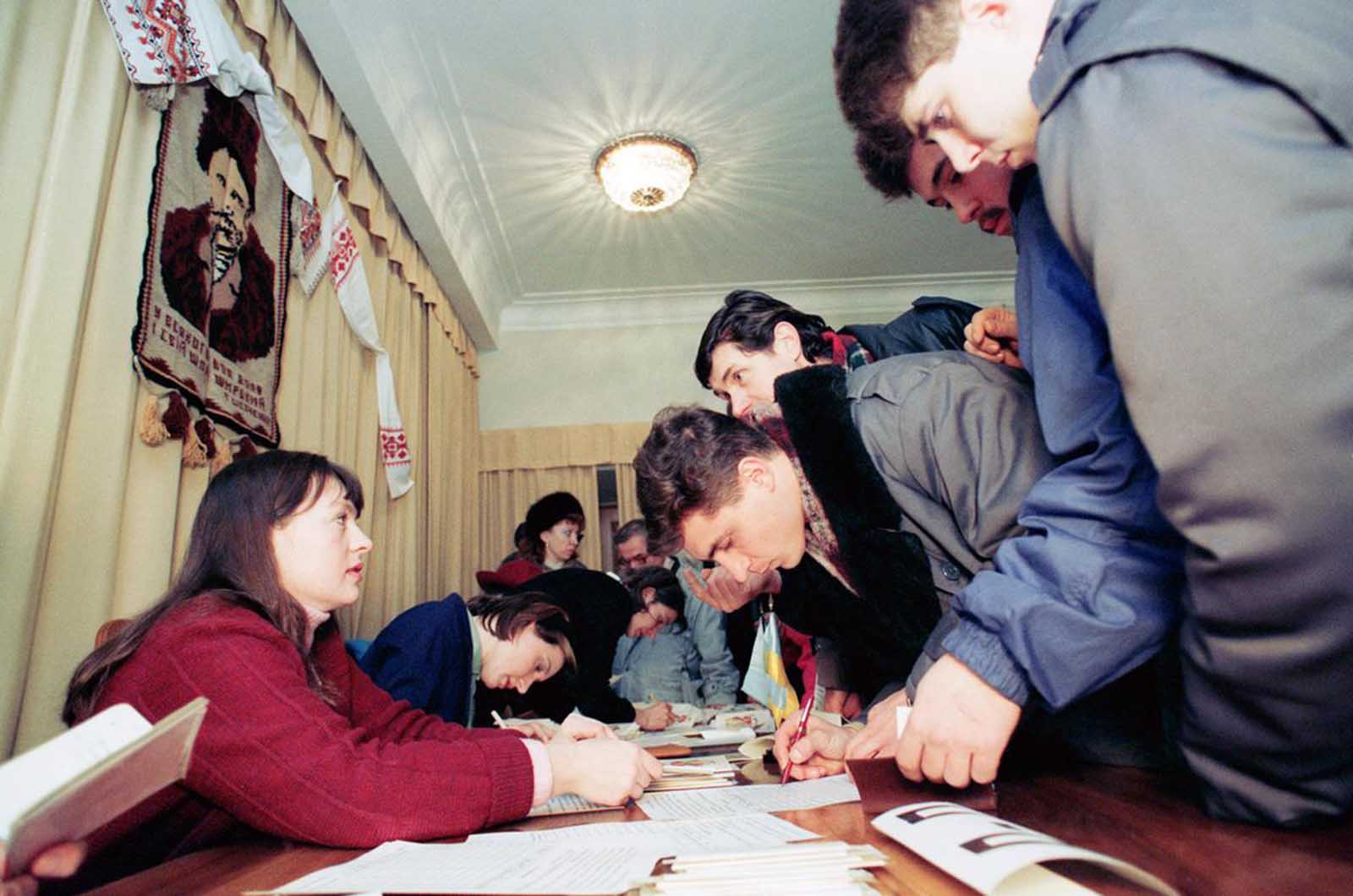

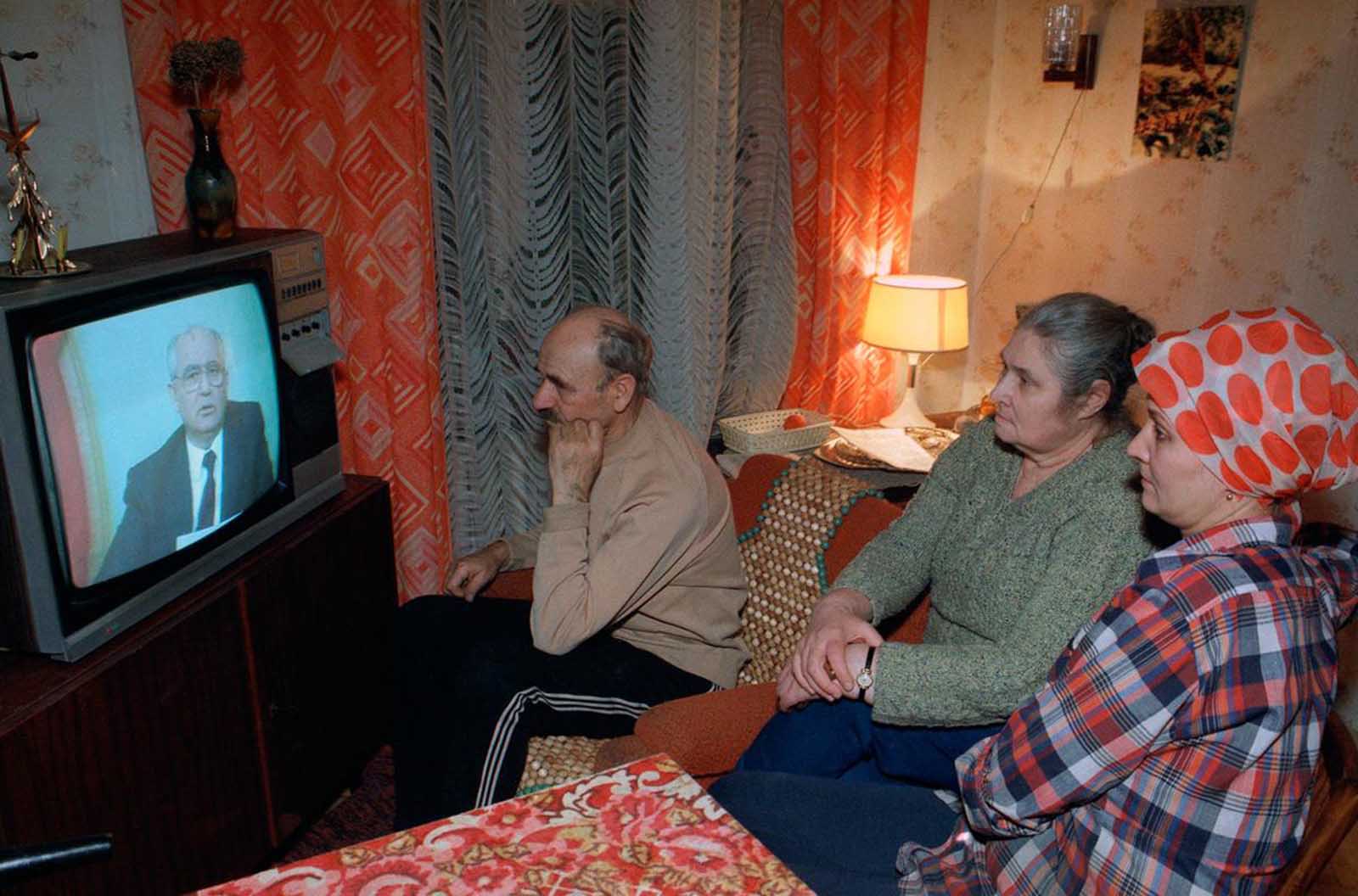
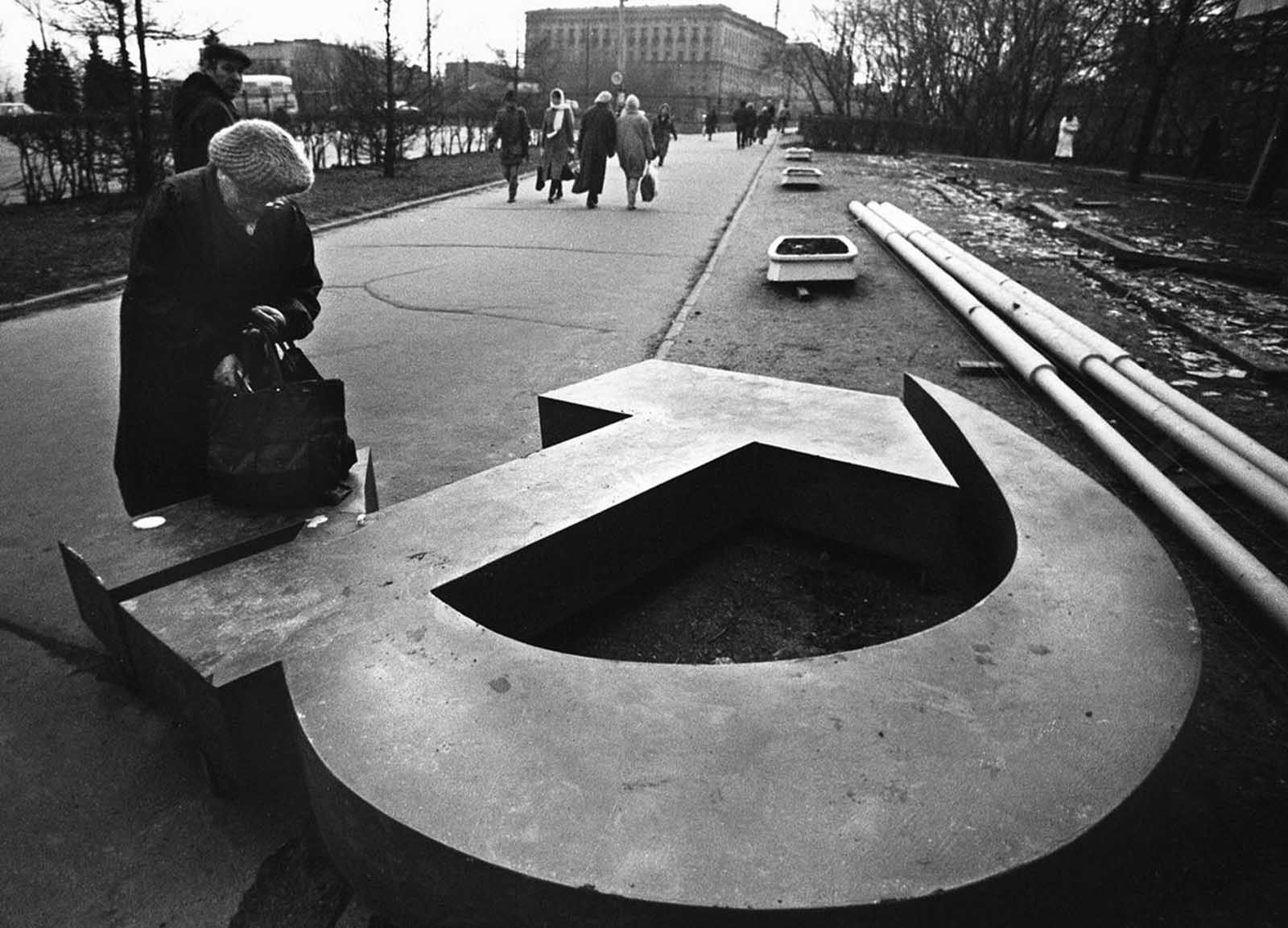
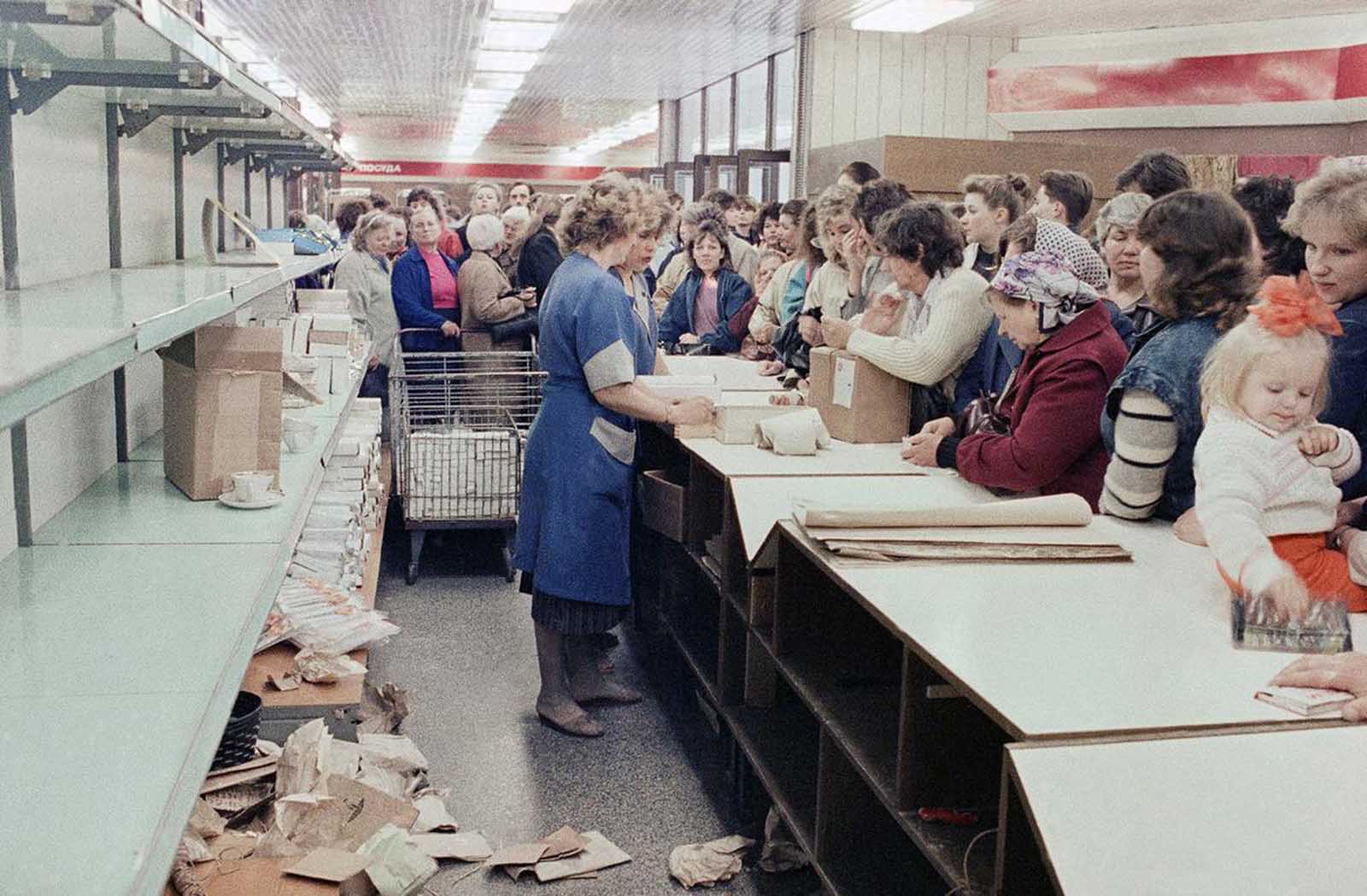
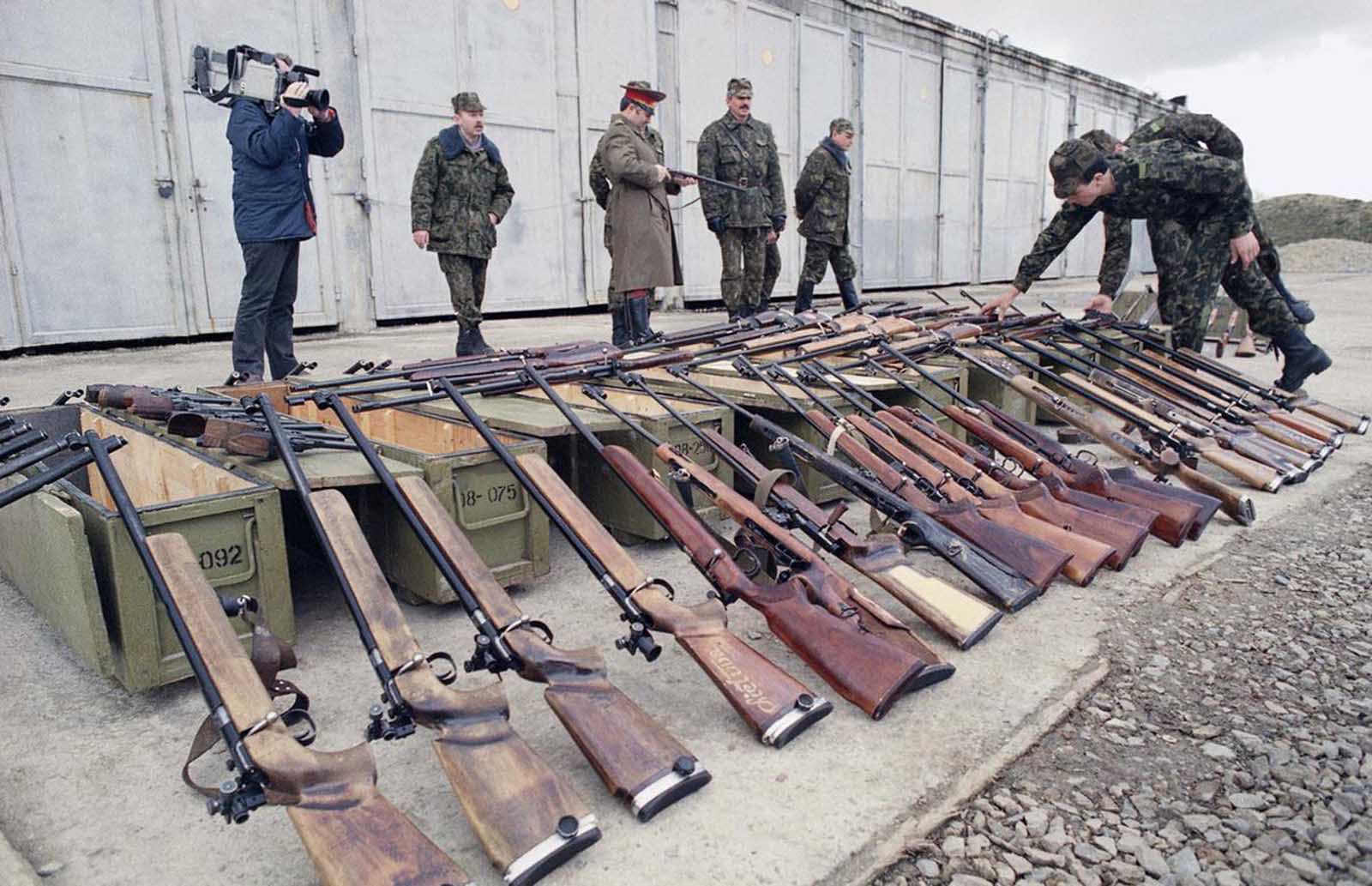
Video
Watch the video to discover how and why the Soviet Union collapsed, shaping the world we know today!
Conclusion: The Legacy of the Soviet Collapse
The fall of the Soviet Union is one of the most significant events of the 20th century. It marked the end of an ideological struggle between capitalism and communism, and the beginning of a new world order. For the people of the former Soviet republics, it was a time of great change and uncertainty, but also of immense hope and opportunity. The collapse of the Soviet Union reshaped the geopolitical landscape, and its legacy continues to influence world politics to this day.
Through these rare photographs, we can look back at the tumultuous events of 1991 and reflect on the power of the people to shape their own destiny. The images from that time serve as a reminder of the importance of freedom, democracy, and the resilience of the human spirit in the face of overwhelming adversity. The fall of the Soviet Union was not just the end of a political entity, but the birth of new nations, new identities, and new possibilities.

